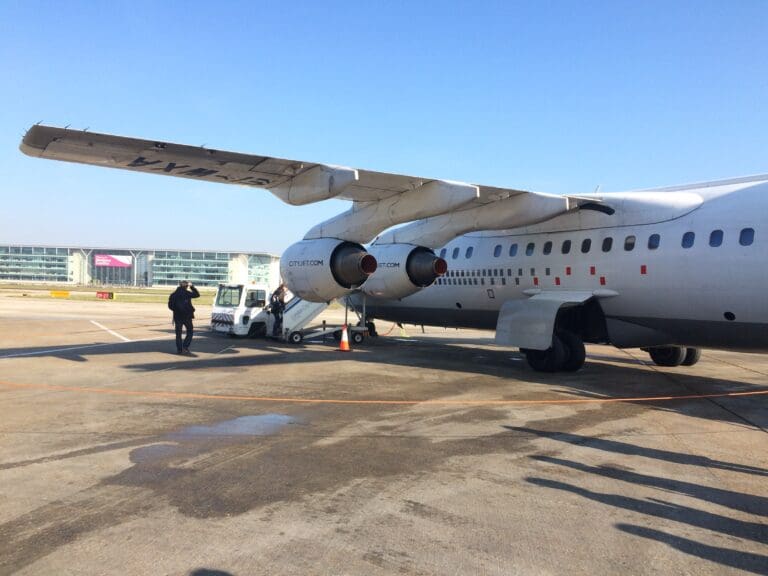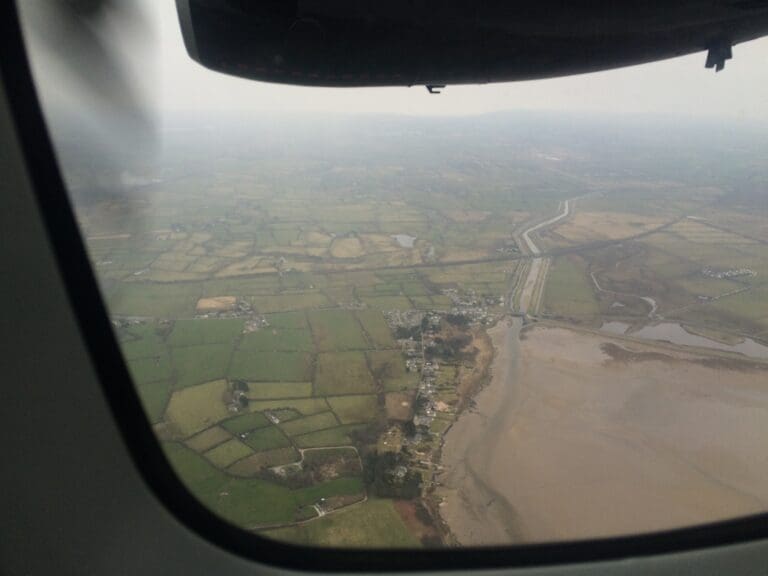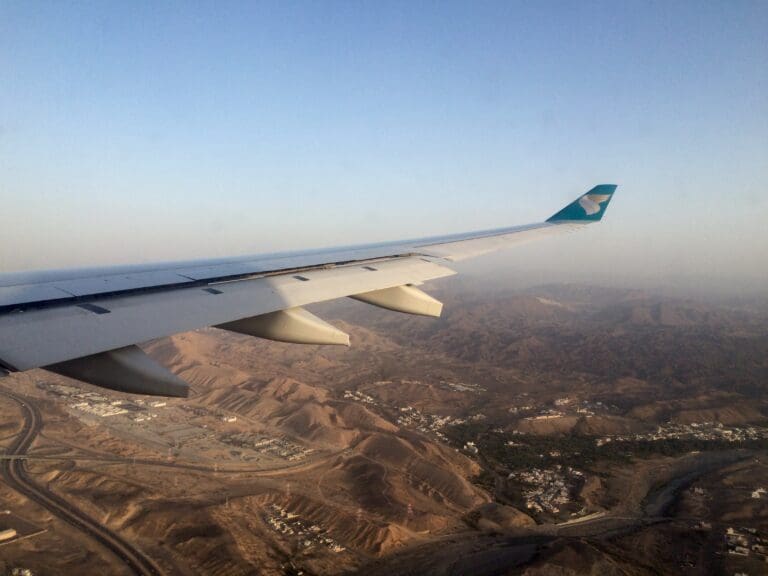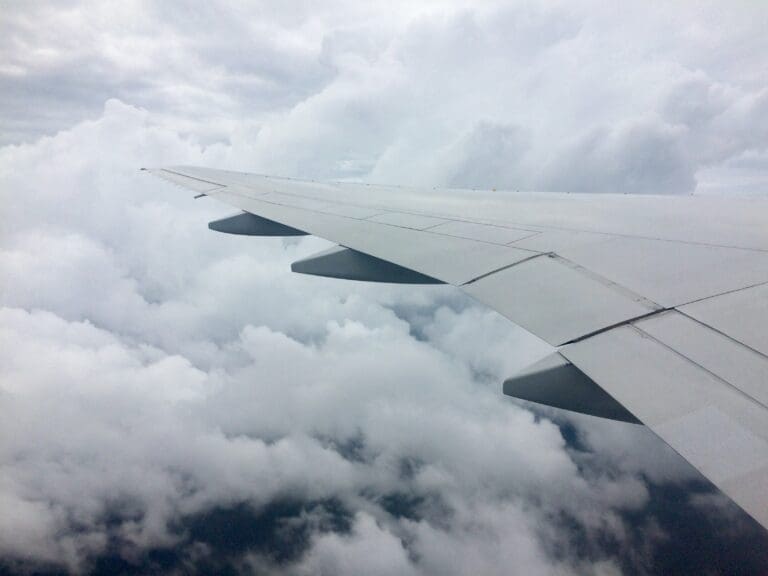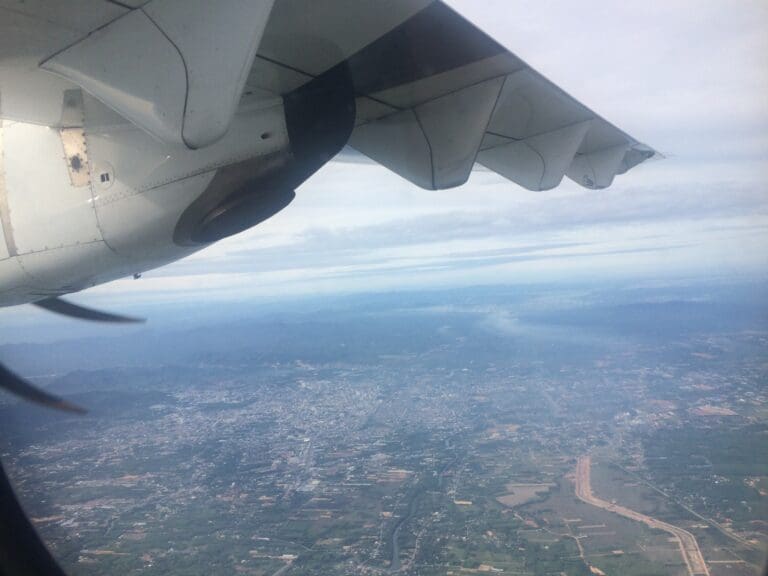What’s China Eastern Like? Sampling a Boeing 737-800 from Seoul Incheon to Kunming
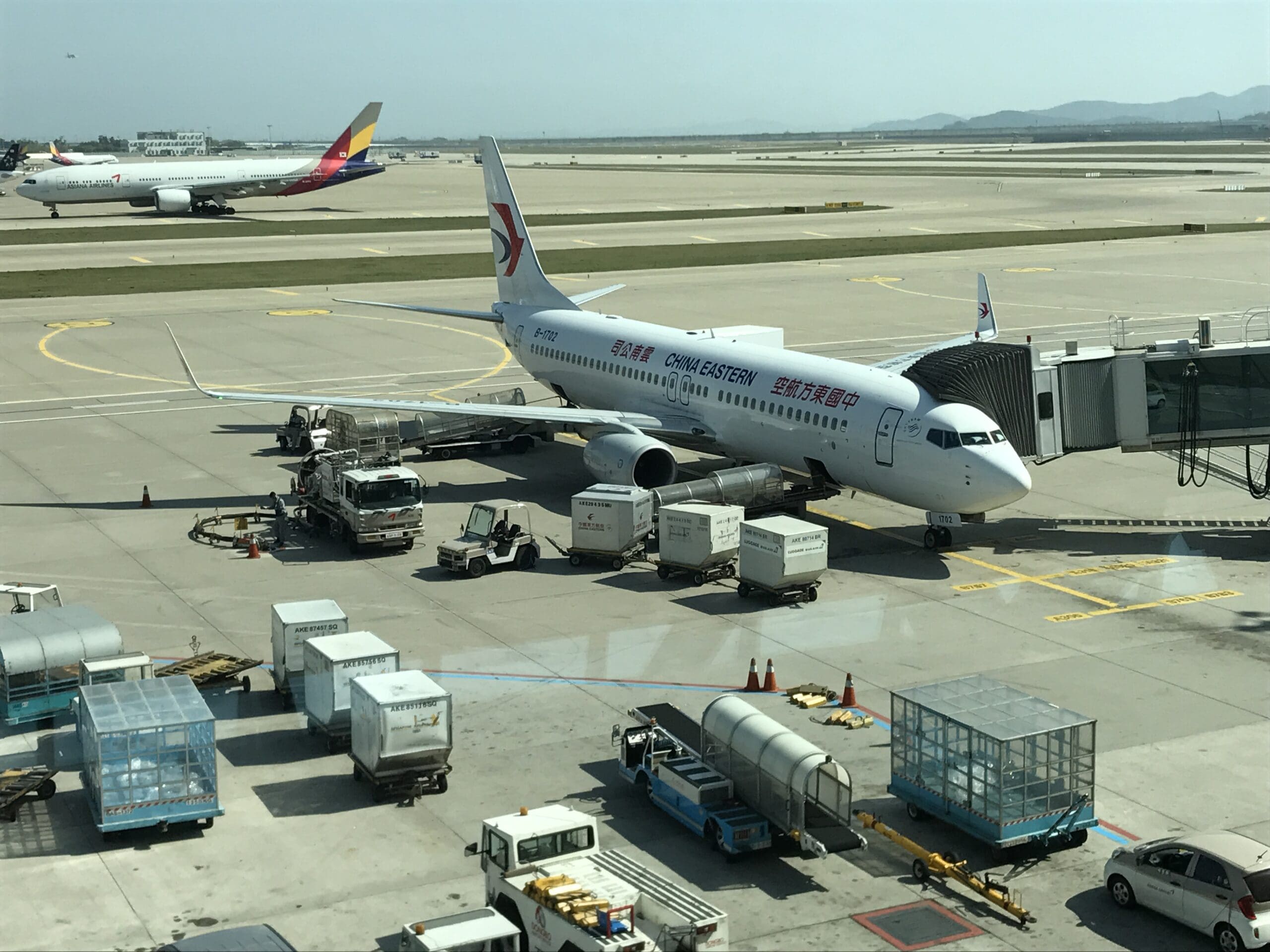
You can skip to the flight by clicking here.
Disclaimer
This trip took place back in 2017, I have reuploaded this as I have recently moved blogs! As of 2024 China Eastern Airlines continue to operate between Seoul Incheon and Kunming with the Boeing 737-800, although their schedules may have changed!
Background
In late February 2017, I found myself in a chilly cigarette smoke-scented room on a quiet backstreet around twenty minutes away from Kunming Airport. Whilst I had only anticipated spending a few hours at the airport in between flights, congestion in the skies above China and associated delays ensured that I missed my connecting flight back to Korea. Thus, after a three-hour wait at China Eastern Airlines’ ticket desk in Kunming Airport, I was taken by minibus to a slightly seedy hotel having been rerouted to fly onwards to Beijing, and then to Seoul Incheon the following day, arriving 24 hours behind schedule.
Having wanted to visit Yunnan for some time, I did not expect my first encounter with the region to come in the form of an unscheduled nightstop. However, my short overnight stay inspired me to finally consider a short break in the region. Unfortunately, seeing as I was living in Korea at the time, Yunnan was most definitely neither the closest nor cheapest region of China to visit. Whilst Korean Air and China Eastern Airlines both connect Seoul Incheon and Kunming several times per week, neither offered any reasonably priced flights. However, fortunately, one day I found a fantastic deal through Korean travel agent Mode Tour for a long weekend in Yunnan, this involved a flight from Seoul Incheon to Kunming, before returning several days later via Qingdao, with all flights operated by China Eastern Airlines. Although technically, the Boeing 737-800 that would take me from Seoul to Kunming was actually operated by China Eastern Yunnan Airlines, China Eastern Airlines’ Kunming headquartered subsidiary.
As the crow flies the route connecting to these two cities is 1600 miles and is served by eight direct flights a week, four of which are operated by China Eastern Airlines and the other four by Korean Air. Perhaps a little surprising is the fact that these are operated on the exact same days (Monday, Wednesday, Friday and Sunday) with the China Eastern Airlines flights departing at 1615 and the Korean Air flights a little later at 1830. The former has a scheduled flight time of 4H40 whilst the latter is scheduled to take 5H15. The Korean Air flight is operated with both a Korean Air and China Eastern flight number whilst the China Eastern flight is operated solely under a China Eastern flight number. Less than a month after this trip, I would end up flying the route with Korean Air, and you can read about my experience here.
Booking via Korean travel agent Mode Tour which was easy enough (although probably difficult if you have little knowledge of Korean) and I received email confirmation of my booking within a couple of hours of making the purchase. From then until my flight date I received a barrage of unnecessary text messages from the company. This was my second trip with China Eastern Airlines and I had previously found their website to be absolutely useless when it came to managing bookings. Indeed, I found this to be the case this time round too, and thus, I resigned myself to the fact that I would have to select seats at check-in.
The Flight
If you’ve read any of my other reports involving Korea, you’ll know I am quite a fan of the all-stop Airport Express (AREX) train, it is the cheapest way of getting between downtown Seoul and the airport, and offers great value, enabling you to connect onwards to anywhere on Seoul’s subway or suburban rail network without paying for two separate rides. Of course, for those not wanting to take the all-stop train, a slightly quicker non-stop service, which is more comfortable but significantly more expensive. Meanwhile, plenty of express bus services are available, however, these are both comparatively expensive and are vulnerable to the Seoul traffic, which, if travelling during rush hour, can be frustrating snail-like in its pace. Personally, I wouldn’t consider catching a bus unless I had an incredible amount of luggage, or was travelling to or from East Seoul or Gyeonggui Province.
After a busy three day week, my departure day soon came and I found myself walking out of my building under sunny blue cloudless skies, despite the day’s forecast of heavy rain. The temperature was also rather warm and hovered around 24 degrees. These days many Koreans claim that autumn and spring are getting shorter and winter and summer are getting longer, and this had proven true in 2017. In no more than a few weeks, the weather had gone from freezing to warm. Deciding to make the most of the good weather, I opted to embark on a 45 minute walk from my one-room apartment to Digital Media City station, instead of taking the subway, something that my lack of hold luggage allowed me to do without too many issues. Unfortunately, I arrived at the opposite side of the station to the AREX platforms and seeing as there was a train coming I made a quick walk, just making the train thereby narrowly avoiding a ten-minute wait until the next one. Perhaps the big disadvantage of the all-stop train service is the fact that, unlike the express trains, you are not guaranteed a seat onboard. This means that unless you board at Seoul Station, particularly during the evening rush hour, there is a risk (albeit a small one) that you could end up standing for the entire journey. Upon boarding, I failed to spot any empty seats in the carriage, however, plenty of people disembarked at Seoul Gimpo Airport and so I spent the majority of the journey sitting down.

Following an acceptable 46 minute journey, the train gently pulled into Incheon Airport station (now Terminal 1 Station) and I made my way up the escalators, through the barriers and then along a series of travelators before arriving at the main terminal. Much to my surprise considering that I was travelling on a national holiday, the terminal looked no busier than usual. As soon as I arrived, I checked the departure screens and navigated myself to China Eastern Airlines’ large dedicated check-in area. Unlike my previous China Eastern Airlines departure from Incheon whereby I spent an hour waiting in a long and snaking queue, that afternoon these were almost entirely devoid of passengers. Realising that I was a little early for my flight, I was unsure whether I would be able to check in. Fortunately, the Asiana Airport staff member responsible for greeting passengers before informing them of which desk to head to gave me the go-ahead to proceed to a desk. Upon arriving at the counter, I was greeted by a friendly check-in agent who was rather surprised at the fact I was speaking Korean. Hoping to get good, unobstructed views of the outside world during the flight, I requested a window seat near the rear of the cabin, only to be told that such seats were not available. In the end, I was given the exact opposite, 35C – an aisle seat near the front of Economy!
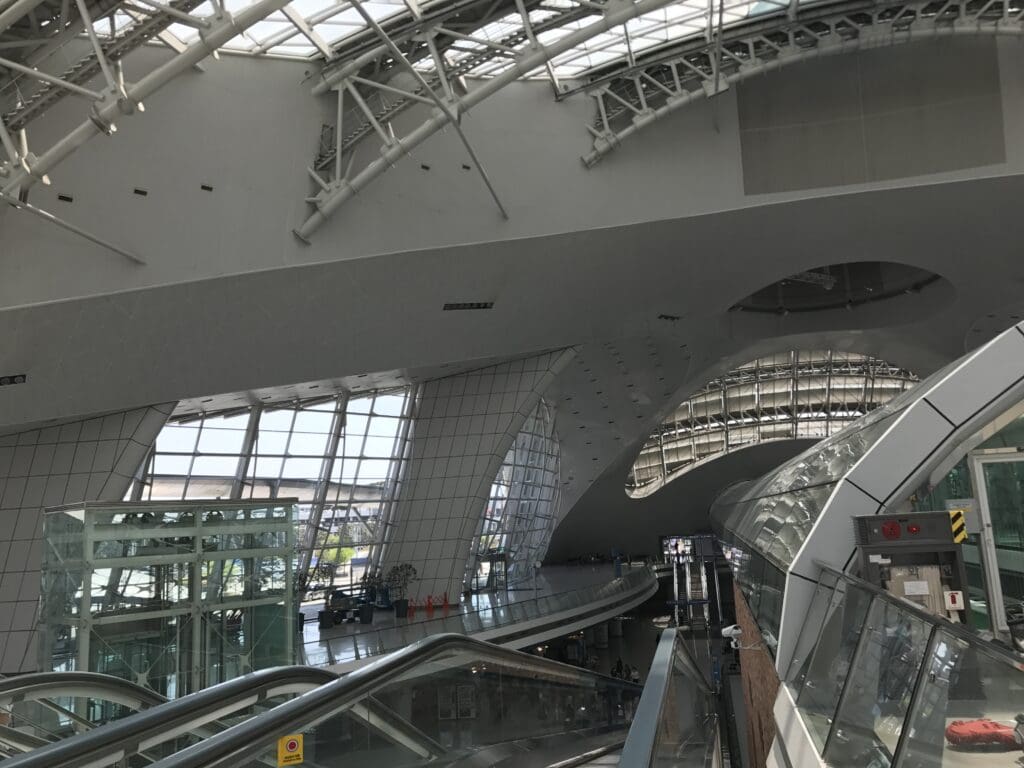
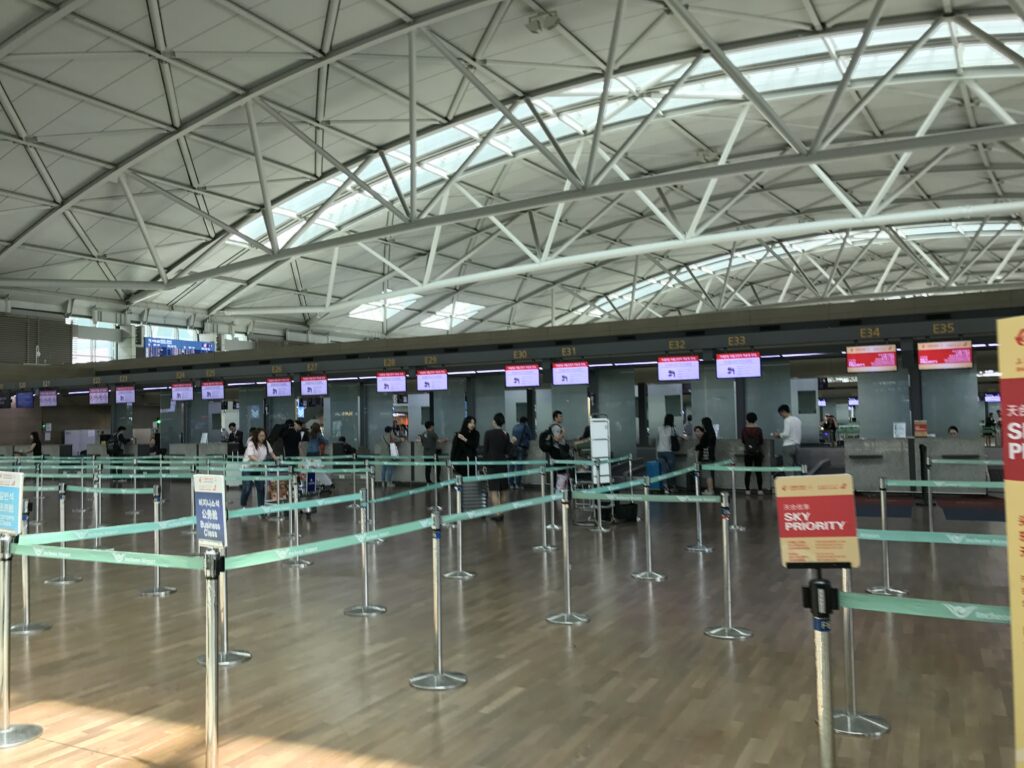
Once I had my China Eastern Airlines branded boarding pass in hand, I headed over to security which seemed to be a little busier than usual. However, with all checkpoints appearing to be open, this took no more than ten minutes to clear whilst the manned immigration desks were almost entirely devoid of passengers. Including a short walk around the airport’s landside area, I made it airside within 25 minutes of stepping off the AREX train. Unlike the somewhat quiet landside portion of the terminal, as is usually the case, airside, the airport was much busier. Aside from the usual smorgasbord of transit passengers, there seemed to be plenty of Korean tourists heading off for long weekends in East Asian city break destinations such as Hong Kong, Osaka, Taipei and Tokyo, meanwhile, the afternoon rush of departures to Europe was in full swing with flights to Amsterdam, Frankfurt, Istanbul, London, Madrid, Paris, Prague, Rome and Zurich plus a few North American departures.
Before the opening of Terminal 2, almost all flights operated by foreign carriers at Incheon departed from the satellite terminal whilst most Asiana Airlines and Korean Air flights used gates at the main terminal. Meanwhile, those operated by Korean LCCs often appeared to use gates in both areas. Therefore, as I was flying on China Eastern Airlines, after a quick walk around, I headed down to the basement and boarded the train to the satellite terminal. That afternoon, unsurprisingly the satellite terminal appeared to be just as busy as the main terminal although as time passed, this did seem to empty out. As per usual I found the satellite terminal to be clean and pleasant with complimentary wifi that worked well for the duration of my stay. Despite the initial busyness, I found there to be ample space to sit down, whilst this seemed to be clean and tidy, leaving me with few complaints.
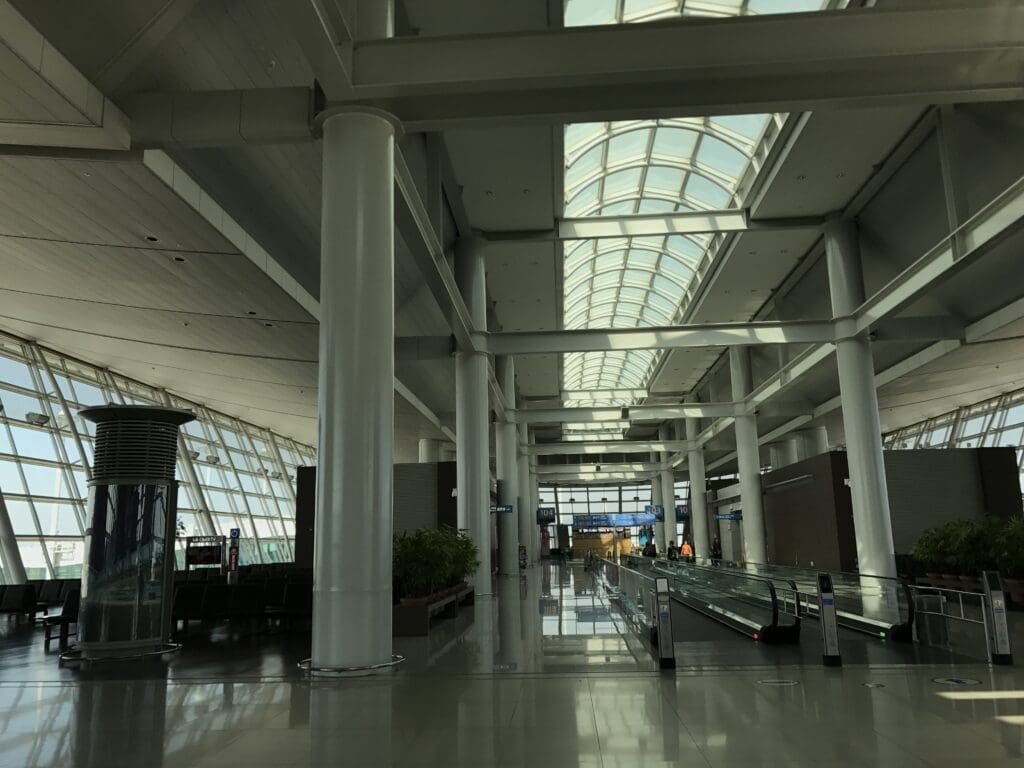
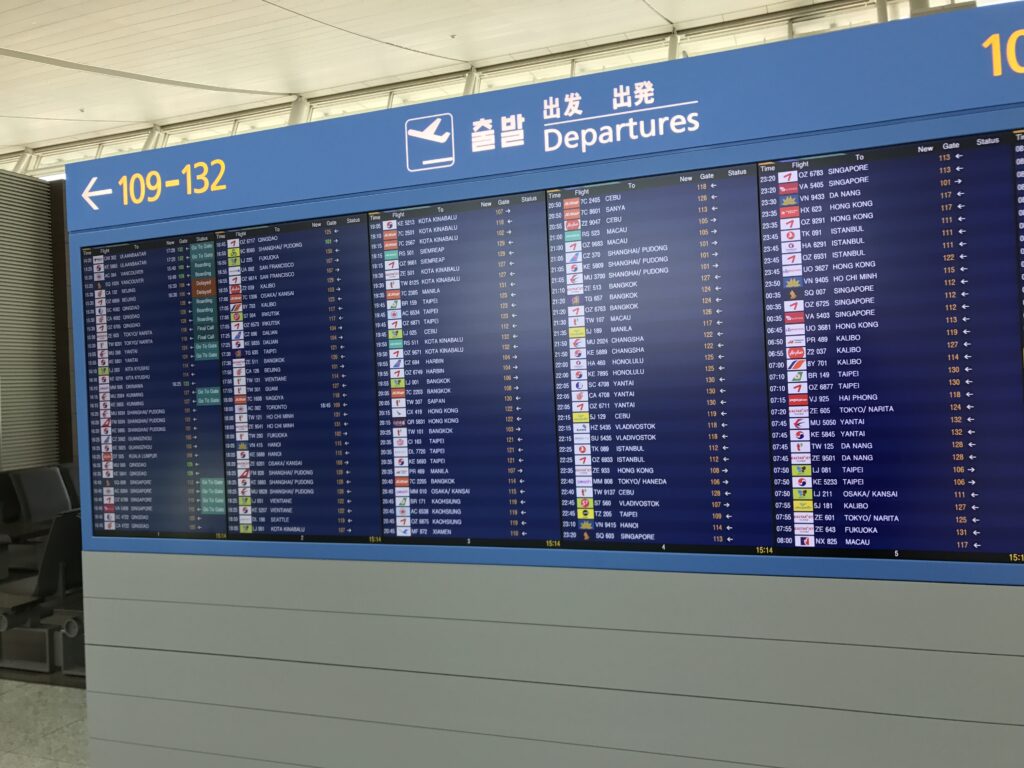
Aviation enthusiasts will be glad to hear that at most gates, large windows offer good and mostly unobstructed views of the aircraft waiting below. That afternoon these ranged in size from the Airbus A319 to the Boeing 747-400, with a diverse list of airlines providing the action including AirAsiaX, Air Canada, Air China, Air India, Aurora, Cathay Pacific, China Eastern, China Southern, CSA Czech Airlines, Lufthansa, MIAT Mongolian Airlines, Shandong Airlines, Singapore Airlines, Spring Airlines and United Airlines. Upon checking FlightRadar24 I was pleased to see that my flight was set to make an on time arrival into Incheon and at 1512, the inbound Boeing 737 touched down before making a long taxi over to Gate 127. Once there, a jetbridge was promptly connected to the aircraft’s L1 door and a small number of passengers disembarked. Inside the terminal, only a handful of passengers could be seen waiting at the gate as the flight’s scheduled boarding time of 1545 crept ever nearer, giving me hope that the flight would be fairly quiet.
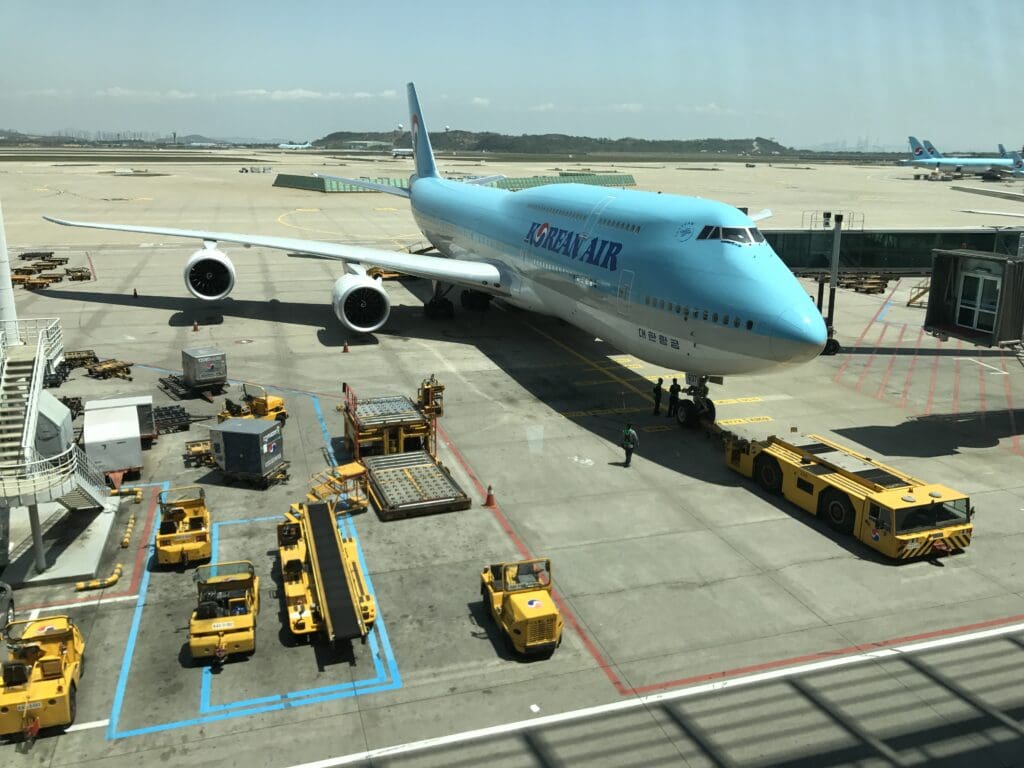

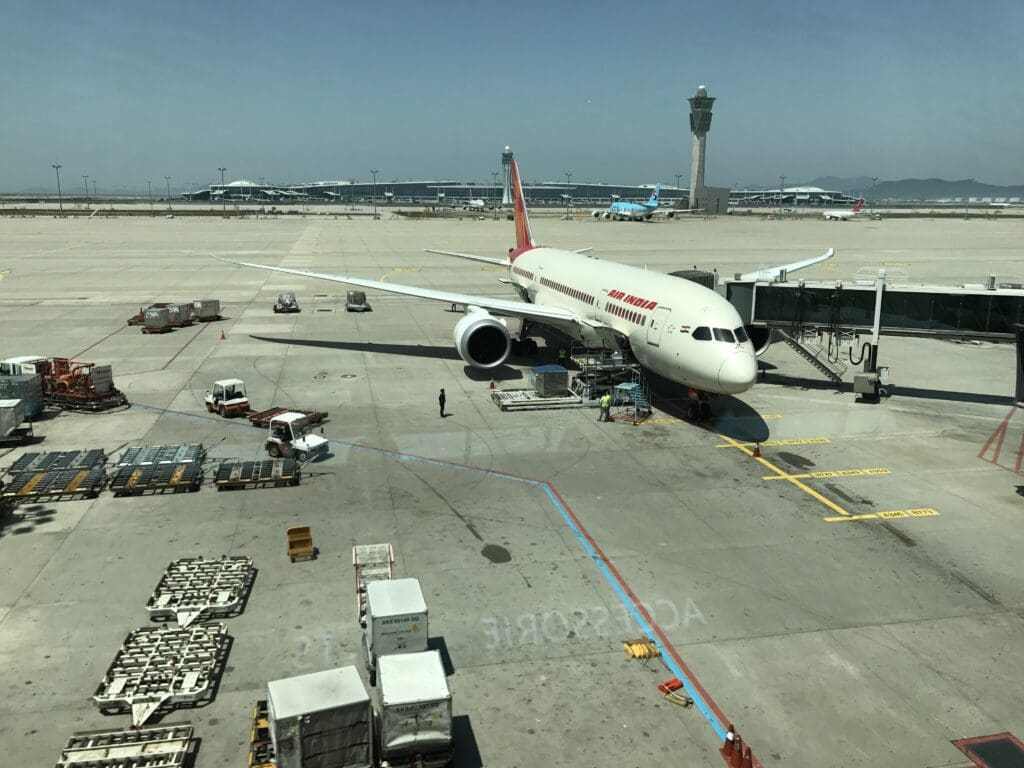
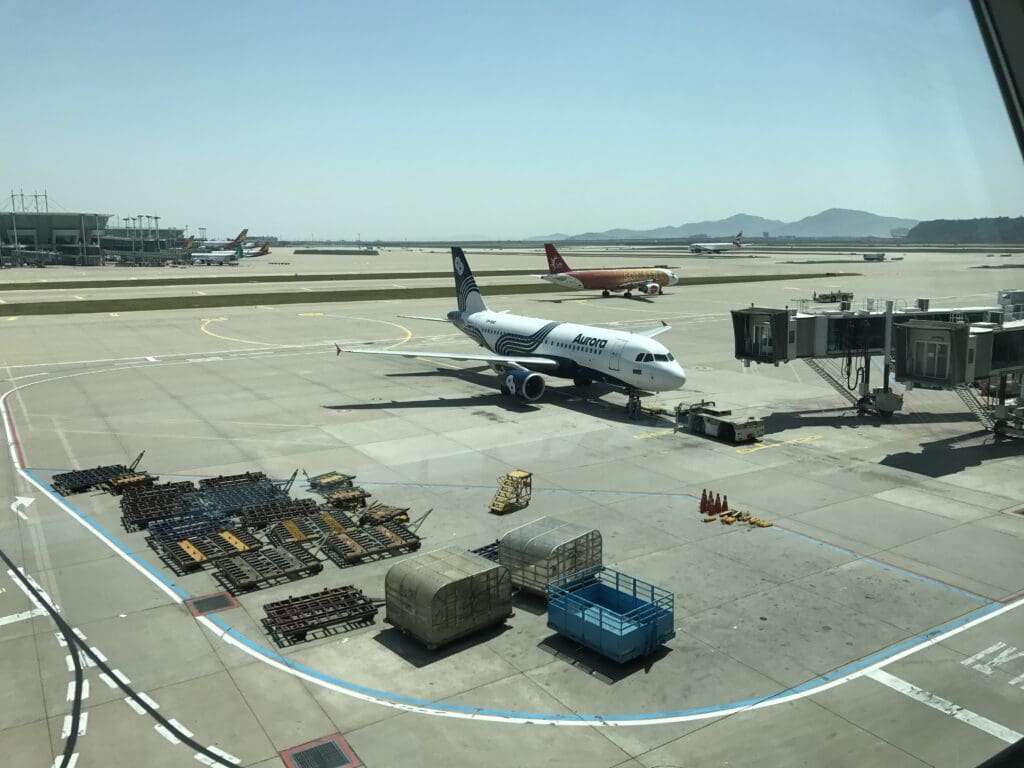
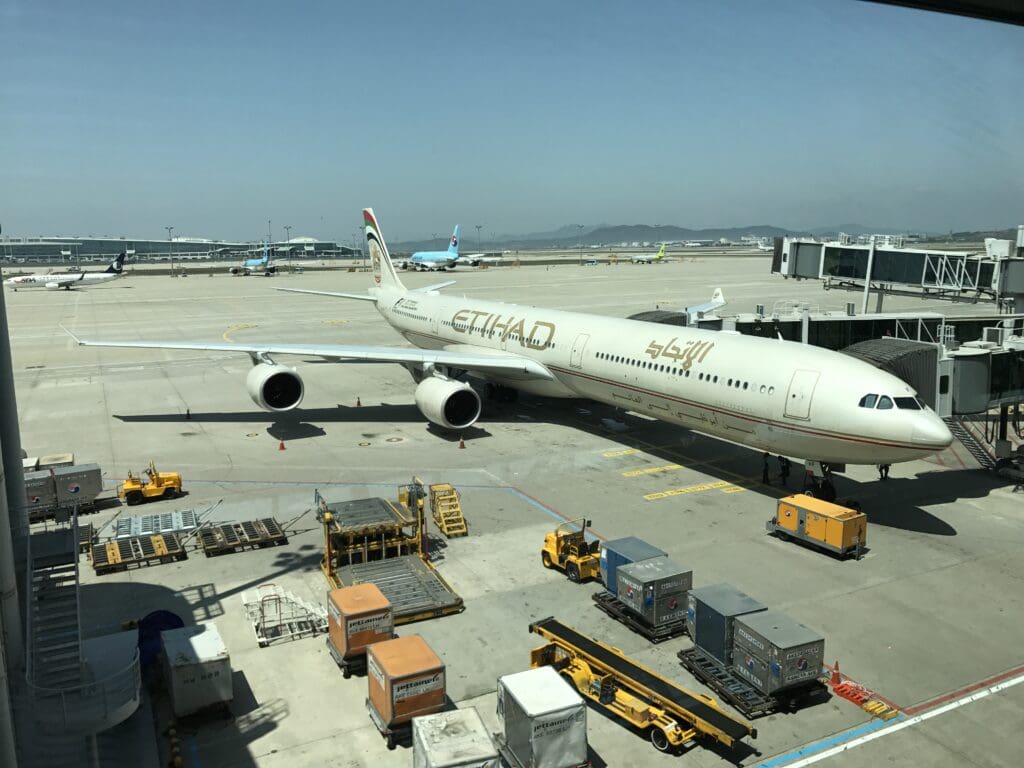
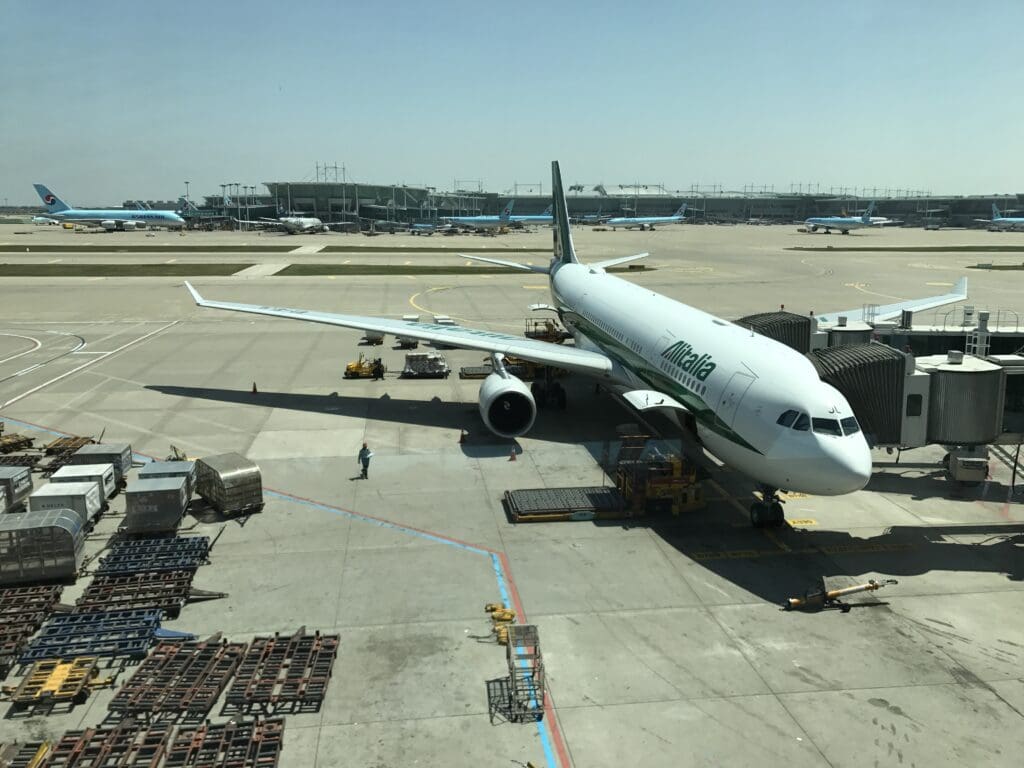
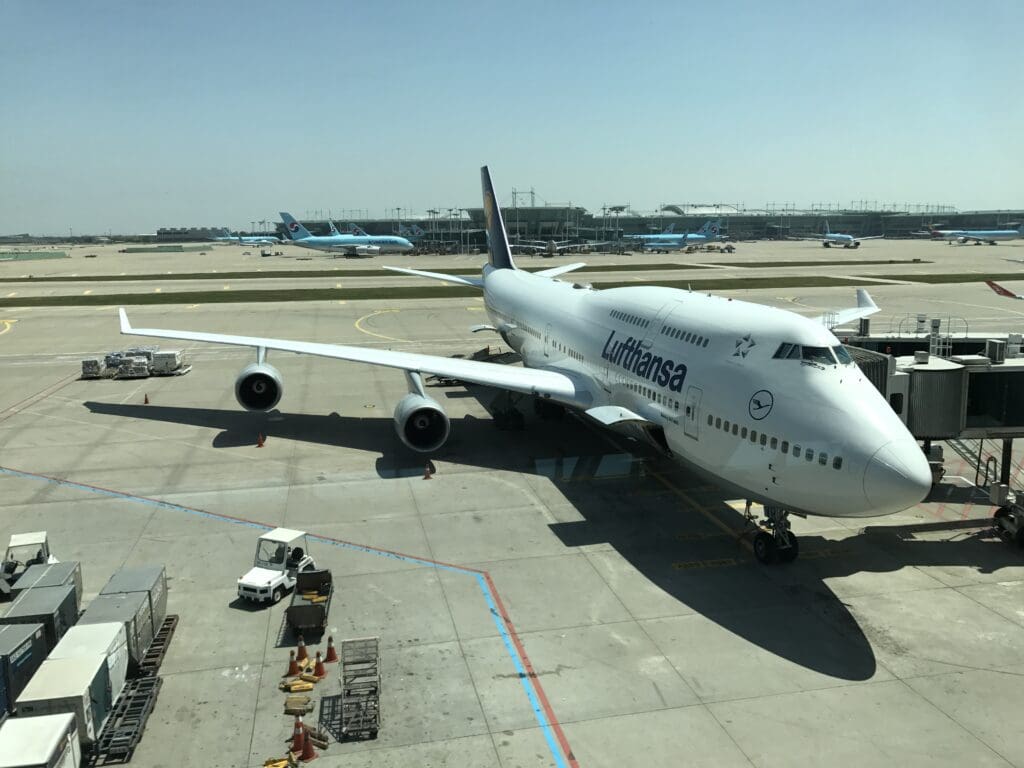
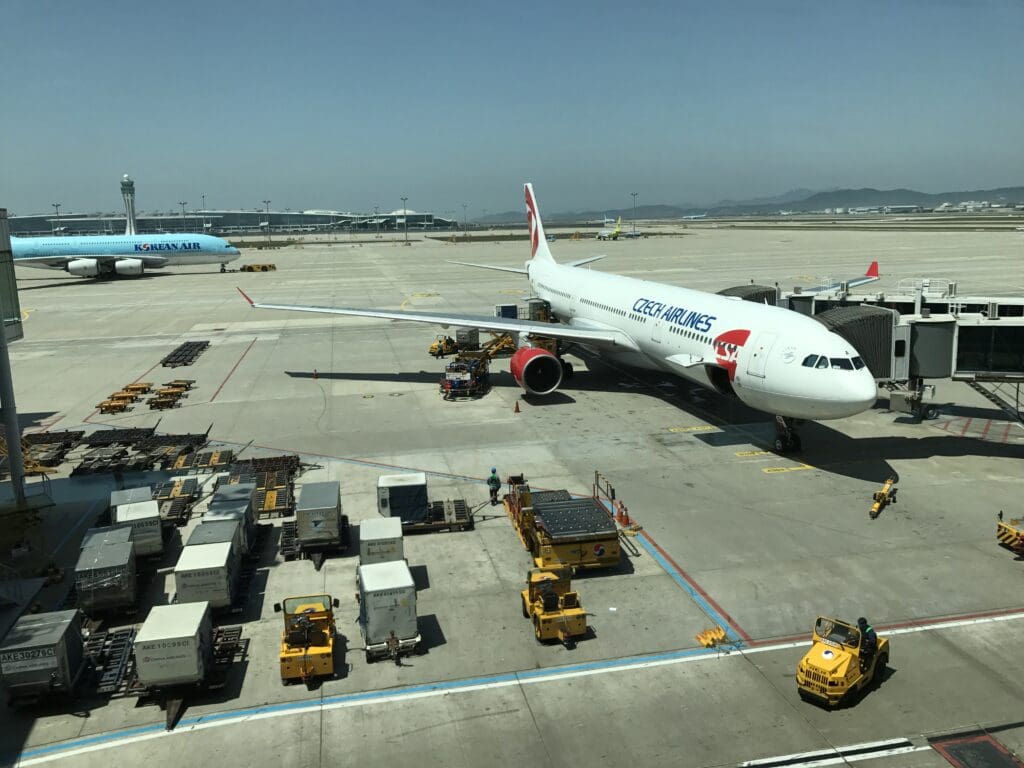
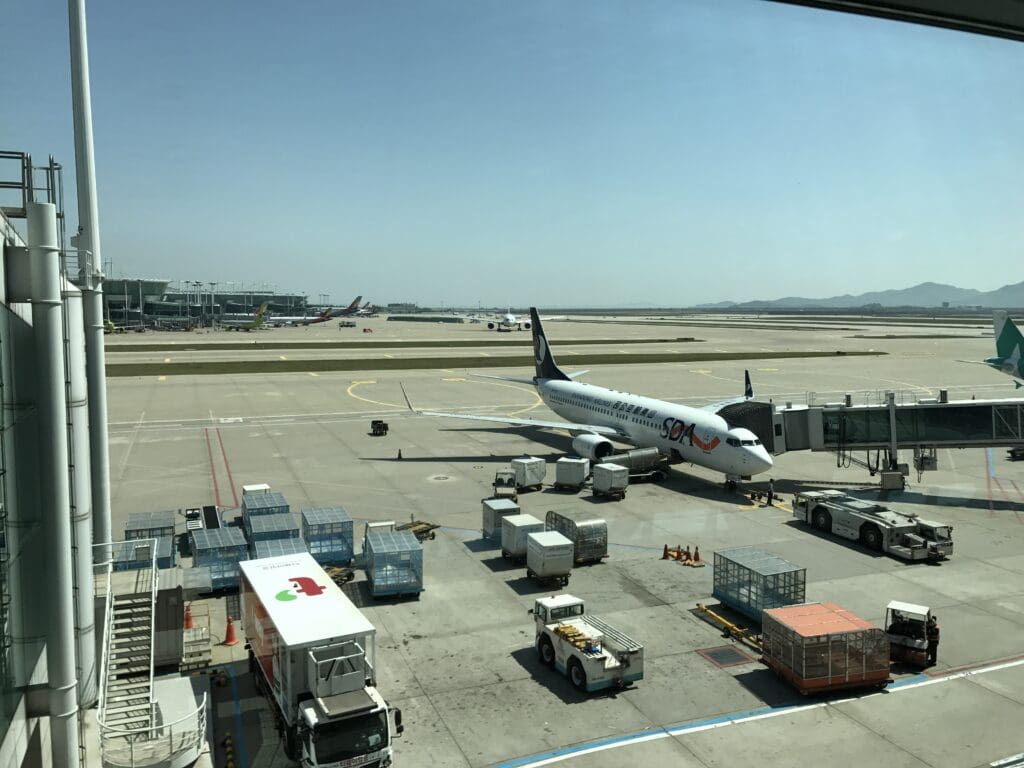
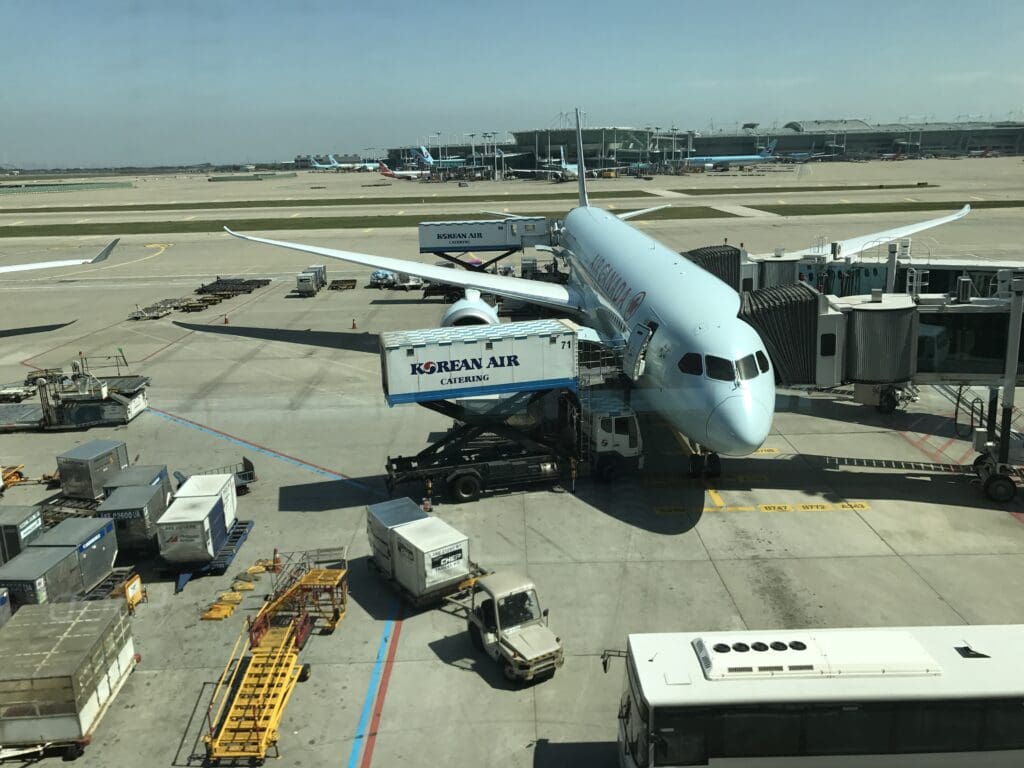
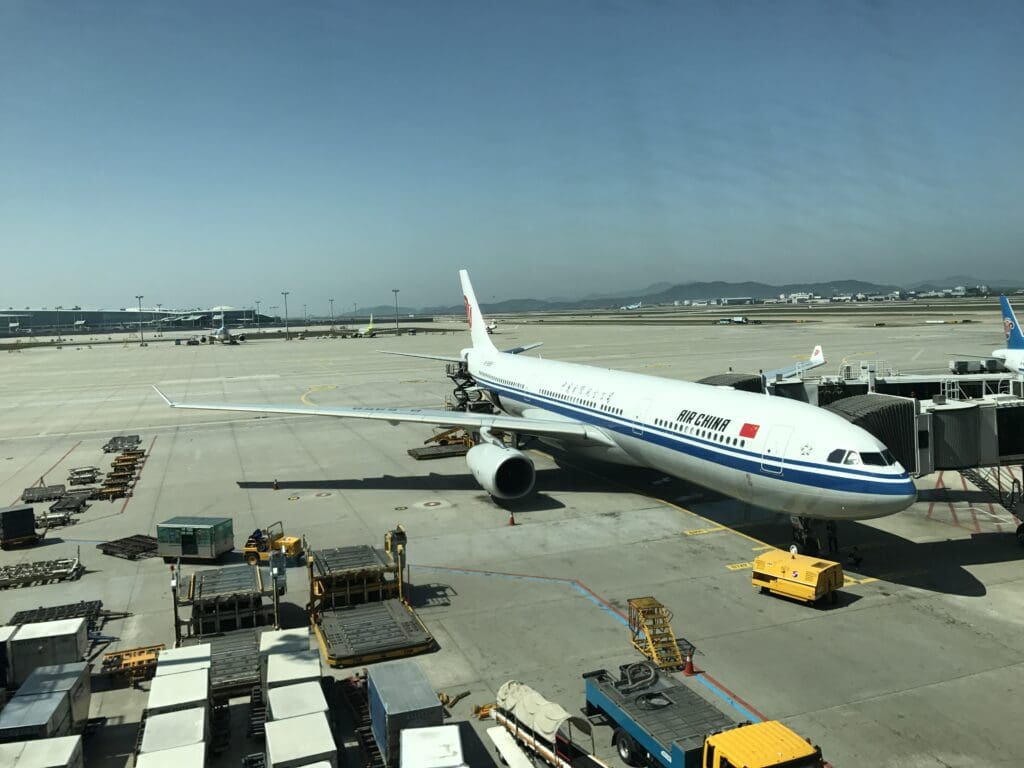
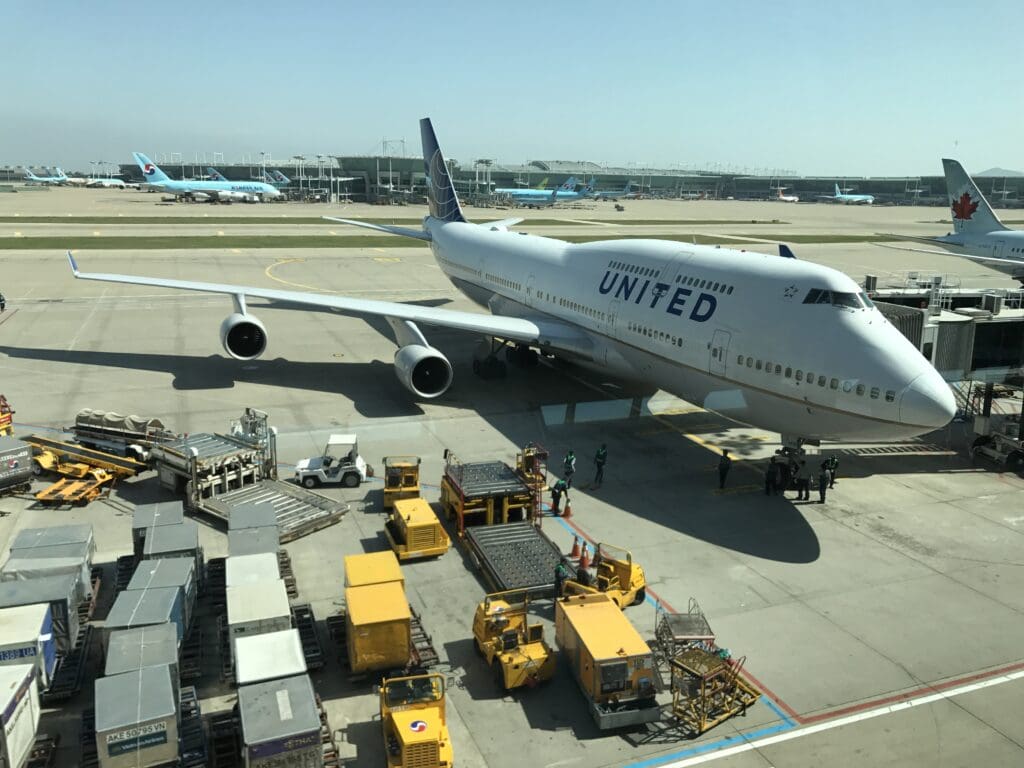
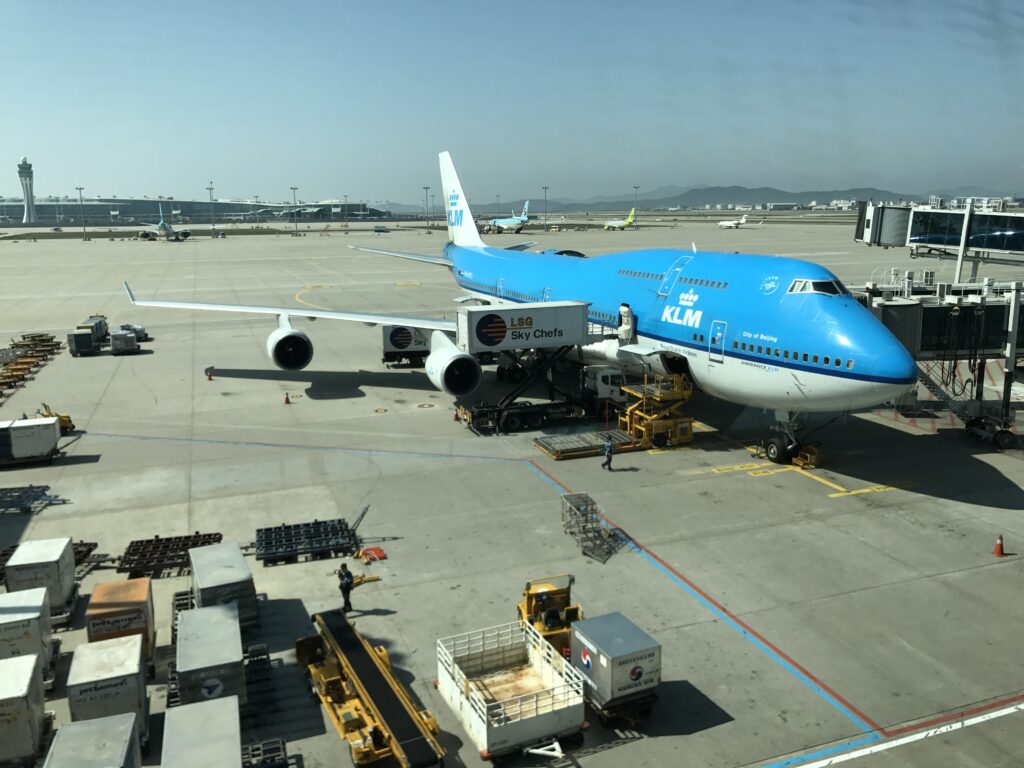
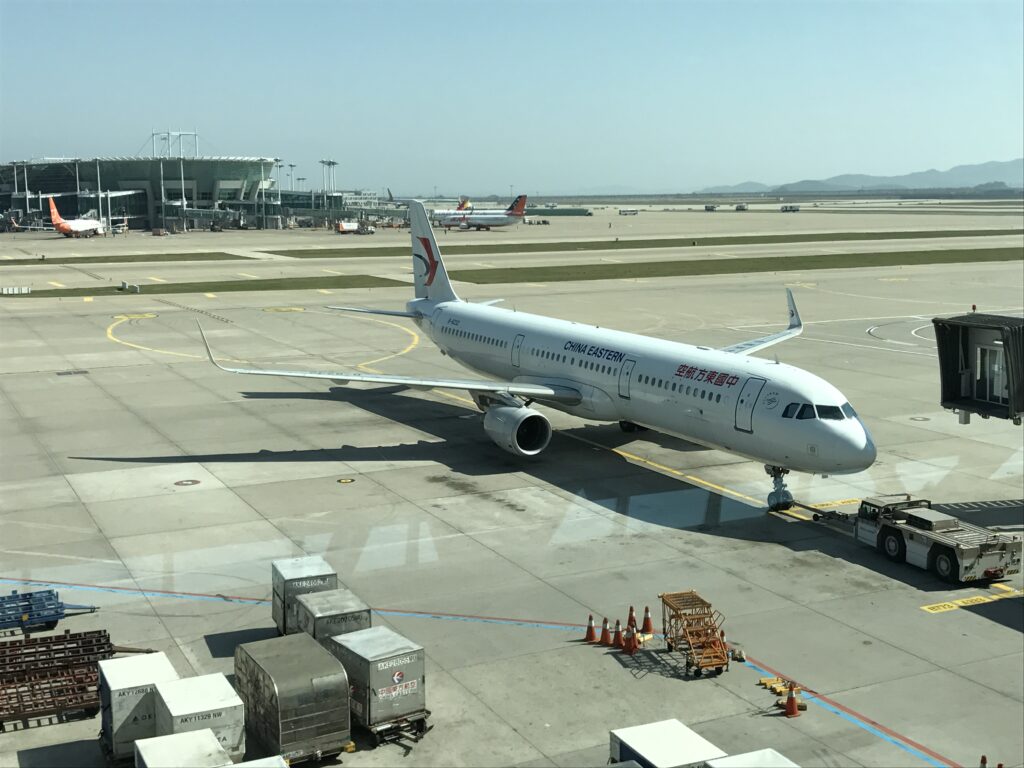
The aircraft that would be taking me across China to Kunming would be Boeing 737-89P, B-1702 operated by Kunming-based China Eastern Yunnan Airlines. This particular aircraft made its first flight at 1040 on the 28th of August 2014 when it flew from Renton to Boeing Field via Moses Lake making it two years and eight months old at the time of my flight. The aircraft was then delivered to the airline in September of that year in the airline’s ‘Yunnan Peacock’ colours, likely making the long journey from Washington State to Yunnan via Honolulu, Majuro, Guam and Shanghai. Today, the aircraft sadly no longer sports the peacock colour scheme and instead wears China Eastern Airline’s largely plain livery. Onboard, the aircraft is fitted with 8 seats in Business and 159 in Economy, and is equipped with Boeing’s Sky Interior. Despite China Eastern Yunnan Airlines’ diverse route network across East and South Asia, in the week before my flight, the aircraft seemed to be stuck in the same daily cycles making six all-day round trips between Kunming and Osaka Kansai via Shanghai Pudong, plus one round trip to Incheon exactly a week before my flight, clocking around 29,300 miles in the process.
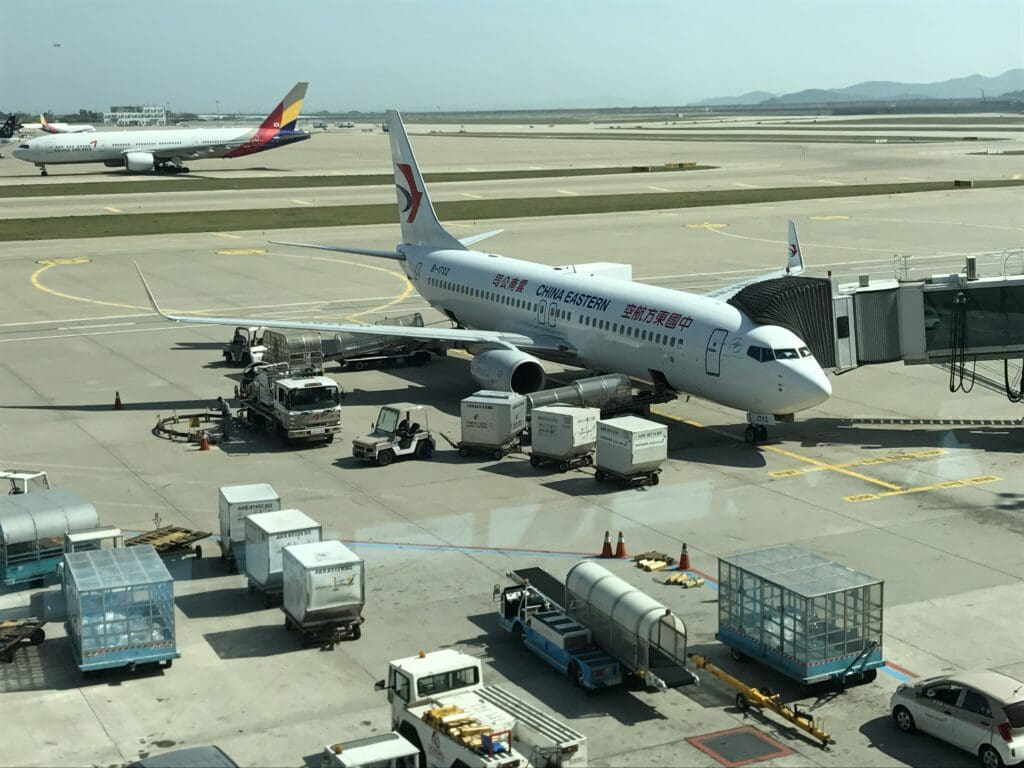
As 1545 approached, an orderly queue began to form whilst several agents could be seen typing away behind the podium. As it happened, boarding was announced in Korean and English at 1550 with premium passengers and those needing assistance invited to board the aircraft first. Boarding for the majority of passengers commenced a short time later and I reached the front of the queue at around 1555. Once my boarding pass had been scanned, without any waiting I headed down the jetway and into the aircraft’s forward galley. As with the other China Eastern Airlines aircraft that I have flown, a small carpet with a welcome message could be seen next to the L1 door, something that I think is a rather nice touch. As I stepped into the galley, I was not given any sort of greeting by the two flight attendants there, who instead simply glanced at passengers as they boarded the aircraft. Without any delay, I stepped into the aircraft’s small Business cabin which features two rows of recliner seats in a 2-2 configuration, each of which is covered in blue fabric. Unlike those seats in Economy, these seats feature their own inflight entertainment screens.
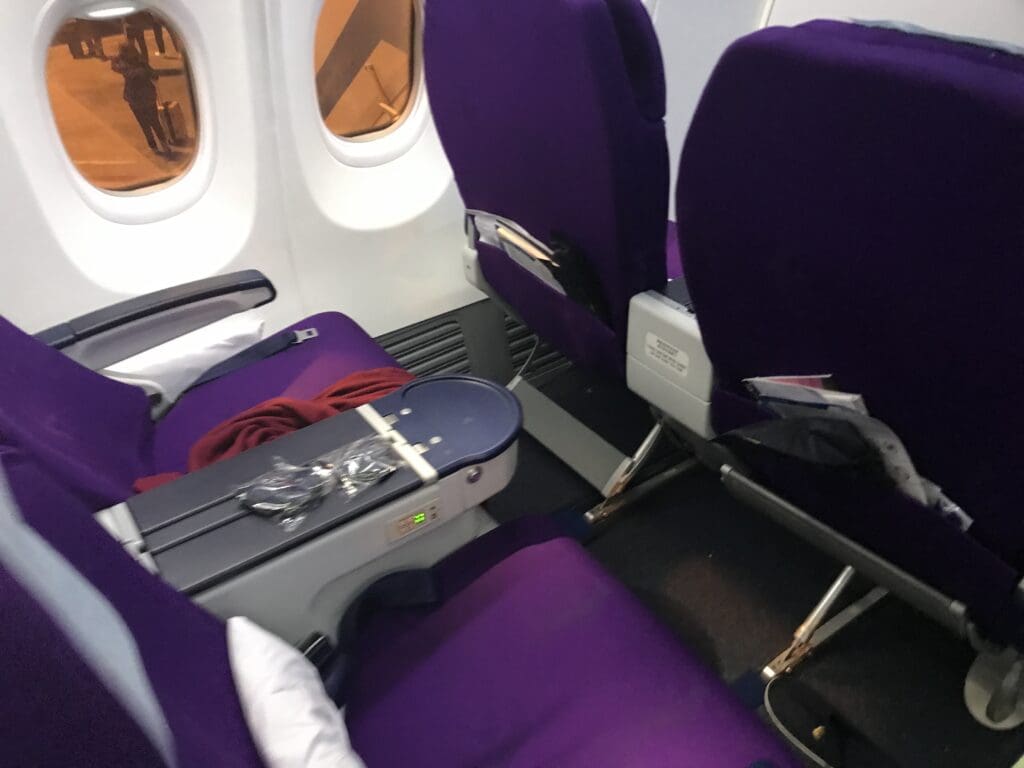
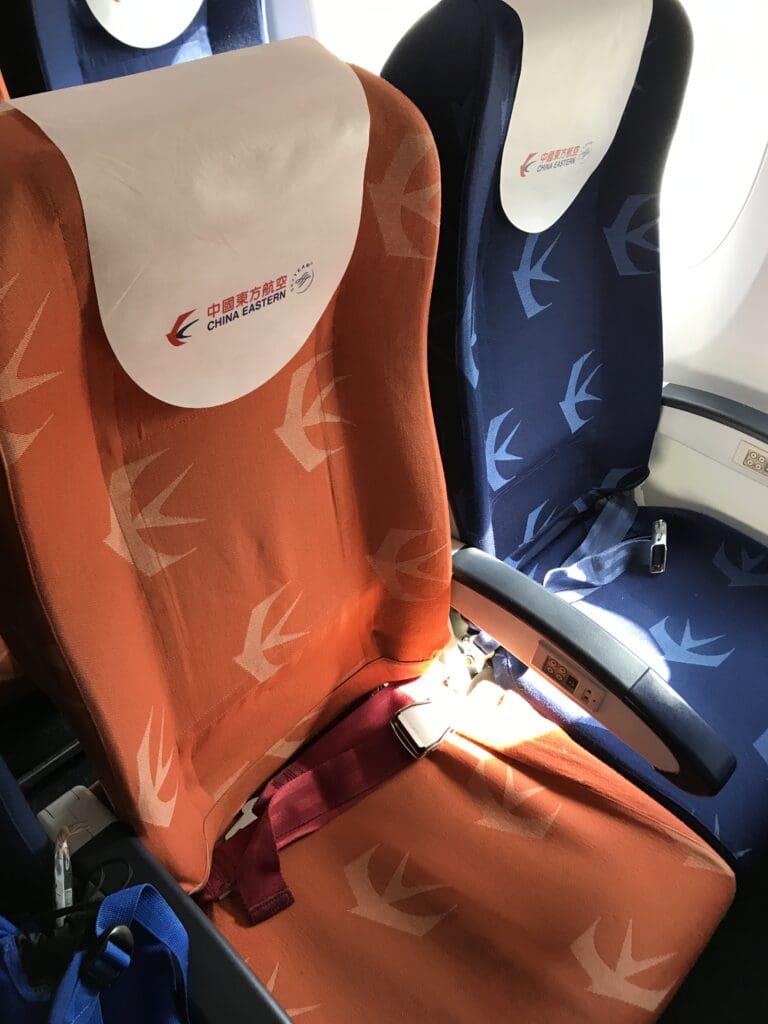
Seeing as the Economy section of the aircraft commences at Row 31, once in Economy, I made it to my seat in Row 35 in a matter of seconds. Once there, I sat down in the aisle seat and hoped that the flight would not be full enabling me to shift across to a window seat. As passengers streamed onto the aircraft, I noticed a couple of flight attendants pushing past passengers in the aisle on two separate occasions as if they were in a hurry to go somewhere without even saying a word – something that did not leave an incredibly positive image of the crew. By 1605 all passengers had made their way onto the aircraft, and to my delight, the flight was largely empty with plenty of vacant window seats. As soon as boarding was announced as complete, I set up camp in 37L and prepared for departure. Onboard the flight that afternoon, I would estimate that around 50% of passengers were from Bangladesh and Nepal, presumably connecting onto China Eastern Yunnan Airlines’ services to Dhaka and Kathmandu respectively, whilst 40% appeared to be from China and 10% from Korea and other countries. Meanwhile, in the cabin, the crew consisted of four cabin crew members, all of whom appeared to be from China as well as two uniformed security guards – something that is the norm when flying on Chinese carriers.
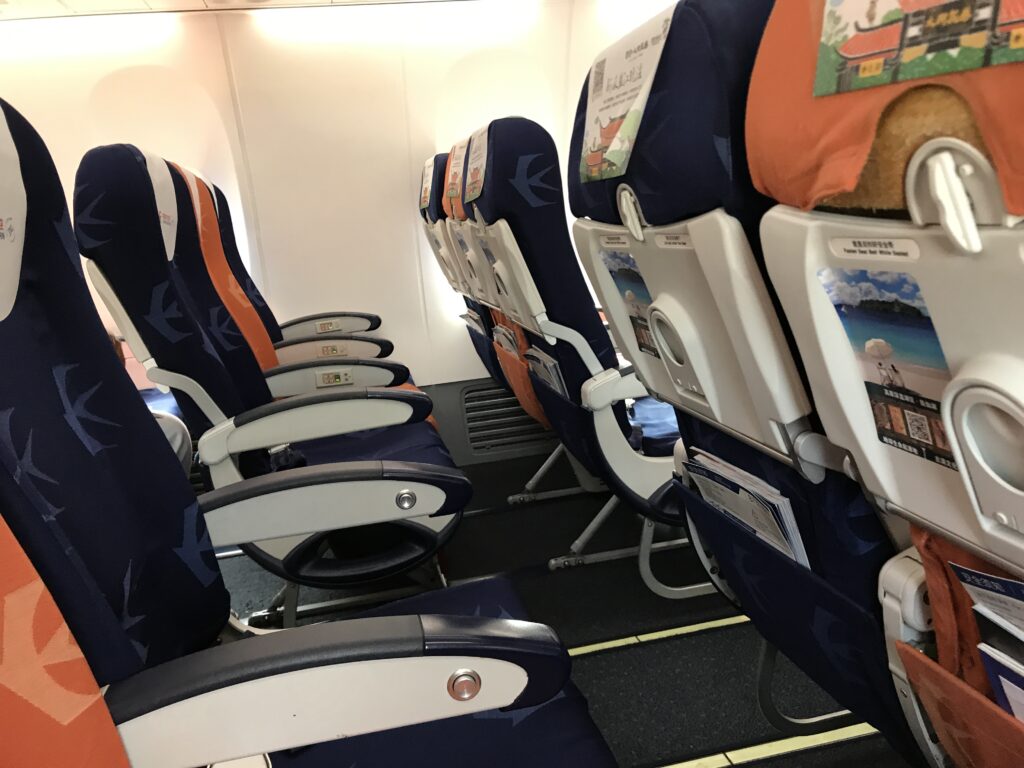
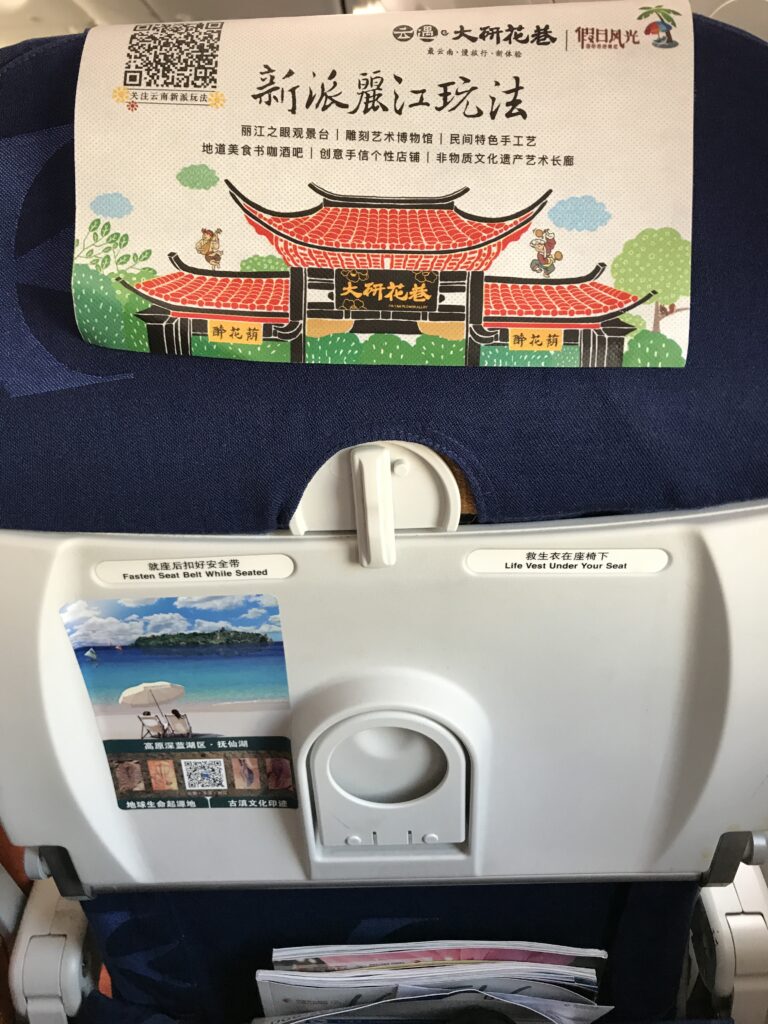

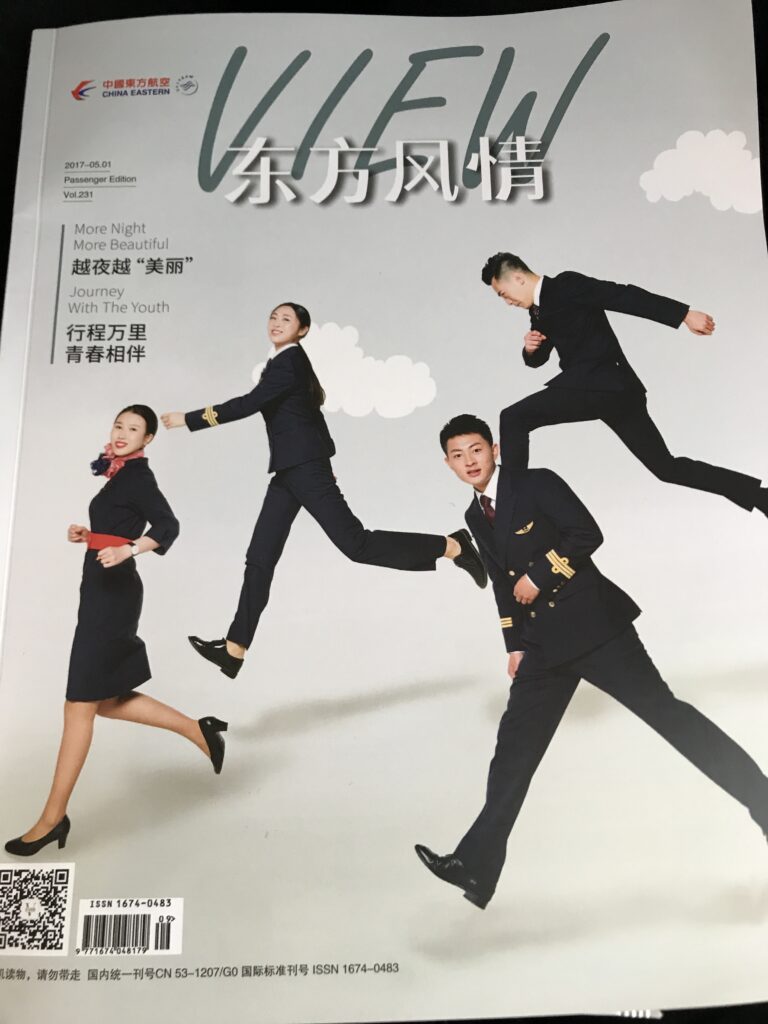
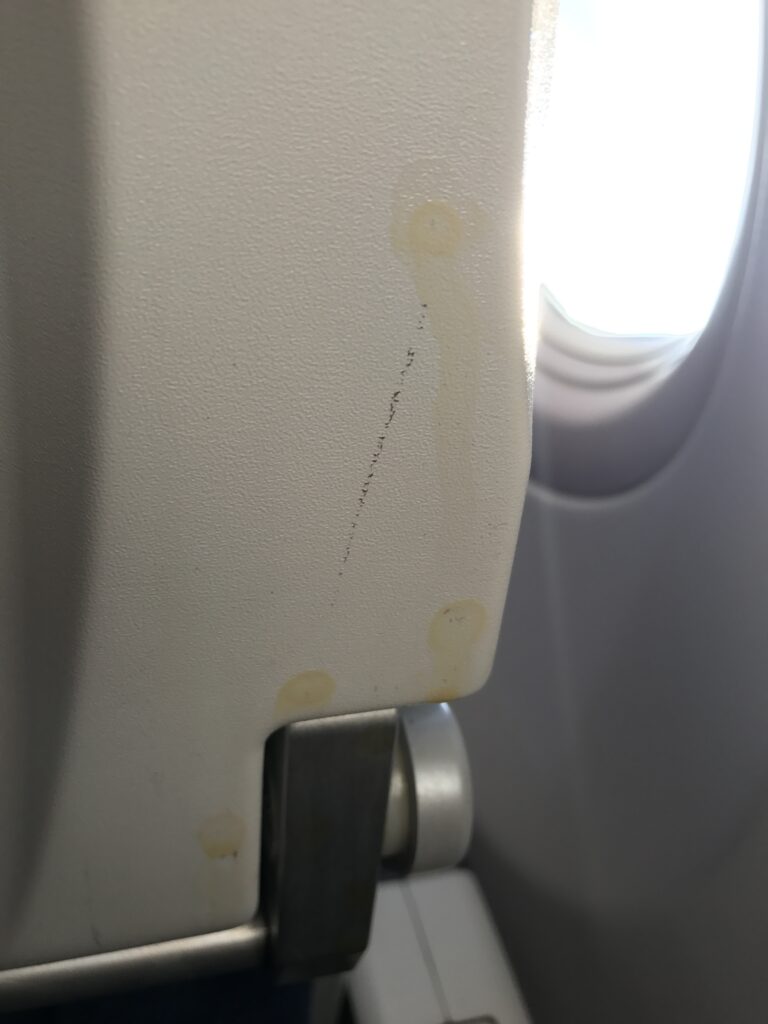
Turning to the seats themselves, onboard most China Eastern Yunnan Airlines Boeing 737s, the seat pattern is significantly different from that on board China Eastern Airlines’ other narrowbody aircraft. This consists of dark blue window and aisle seats and an orange middle seat with all of these featuring a pattern of repeating swallow. In terms of comfort, I found the seat itself to be soft and acceptable, however, for someone of average height, I found the legroom to be simply mediocre. Despite the aircraft’s young age, the seat appeared to be a little worn with several marks and scratches, whilst I noticed that the fabric appeared to be coming away in places. Meanwhile, turning to the seatback pocket, I was not too pleased to find a used tissue, a Japanese customs form and an empty Japanese snack packet in this. Considering the aircraft’s schedule, these must have been there for at least 24 hours and gone unnoticed for at least four turnaround cleaning periods including an overnight stop. These came in addition to some crumbs and paper on the floor around my seat. Aside from the unwelcome additions to the seatback pocket, these also contained a safety card, sick bag, a copy of the Eastern Mall duty free catalogue and the View inflight magazine. Finally, neither blankets nor pillows had been placed on the seats before boarding.
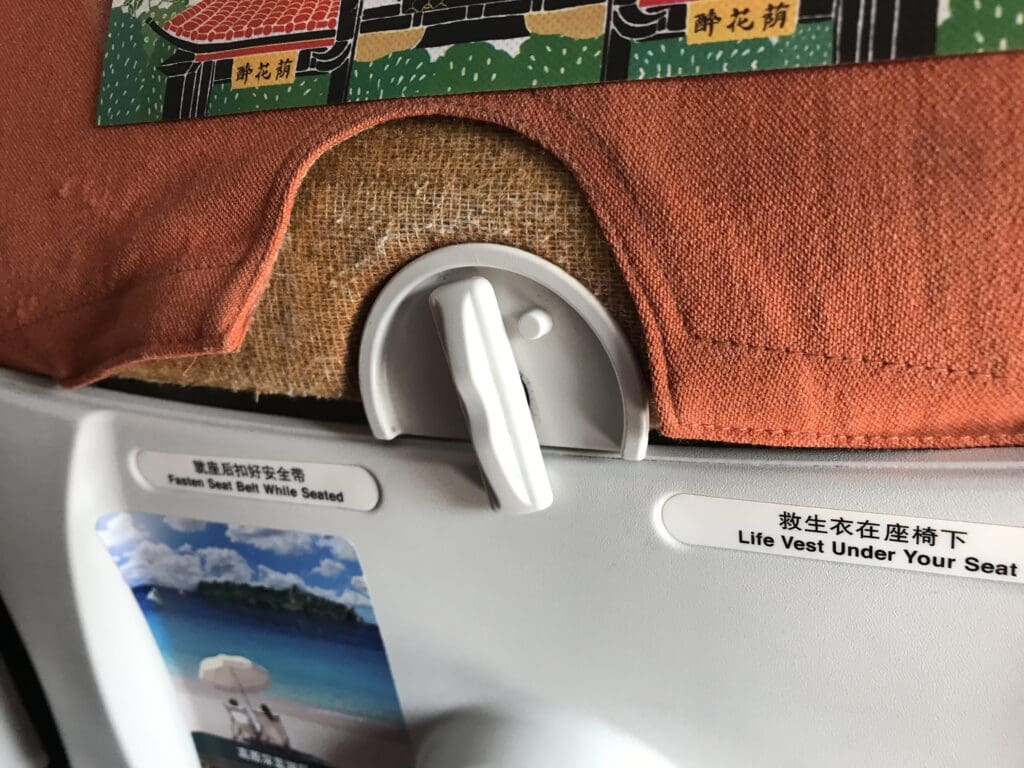

At 1610 the catchy soundtrack that had accompanied boarding came to an end and the Purser welcomed all onboard in Mandarin and English. During this, they noted our flight time to be around four and a half hours and gave the usual thanks, welcomes and warnings. With three minutes to go until the flight’s scheduled departure time, the Boeing jolted backwards and pushback commenced. Whilst this was underway, the two CFMI CFM56-7B24 hummed and whirred into life, whilst inside the cabin, China Eastern Airlines safety video was played on the overhead screens in Mandarin and English. Once the tug had been disconnected, the Boeing powered away from its stand and began the journey to Runway 33L under its own steam. During this journey, the crew made their way through the cabin, ensuring that all was secure and in place for our departure.
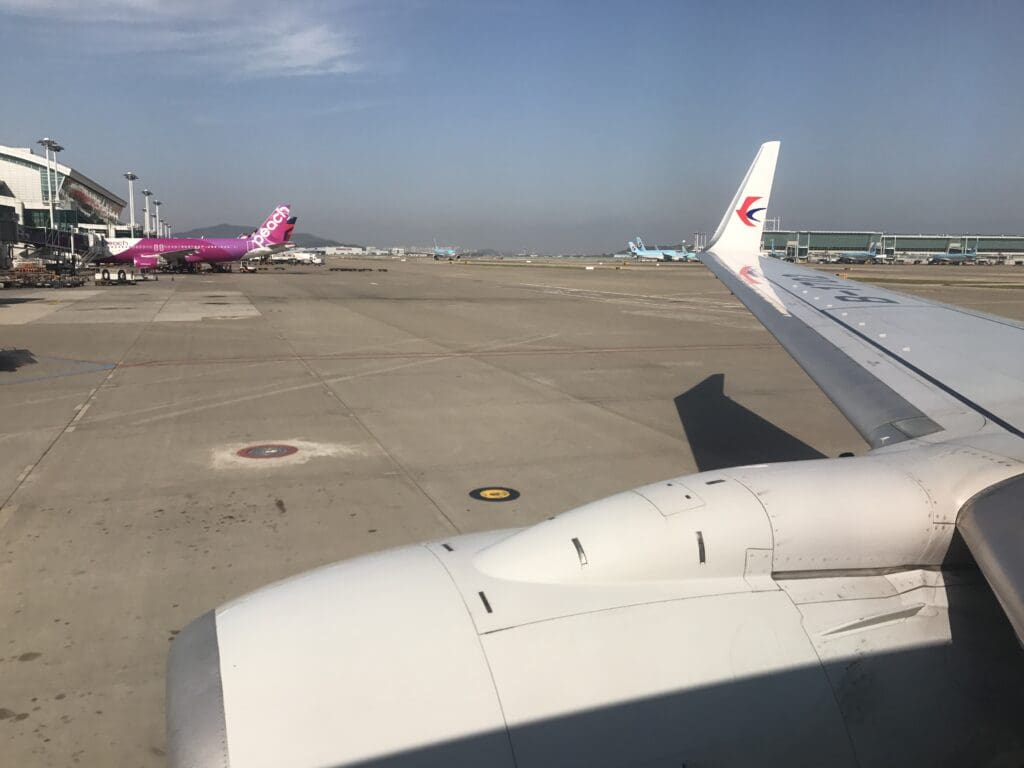
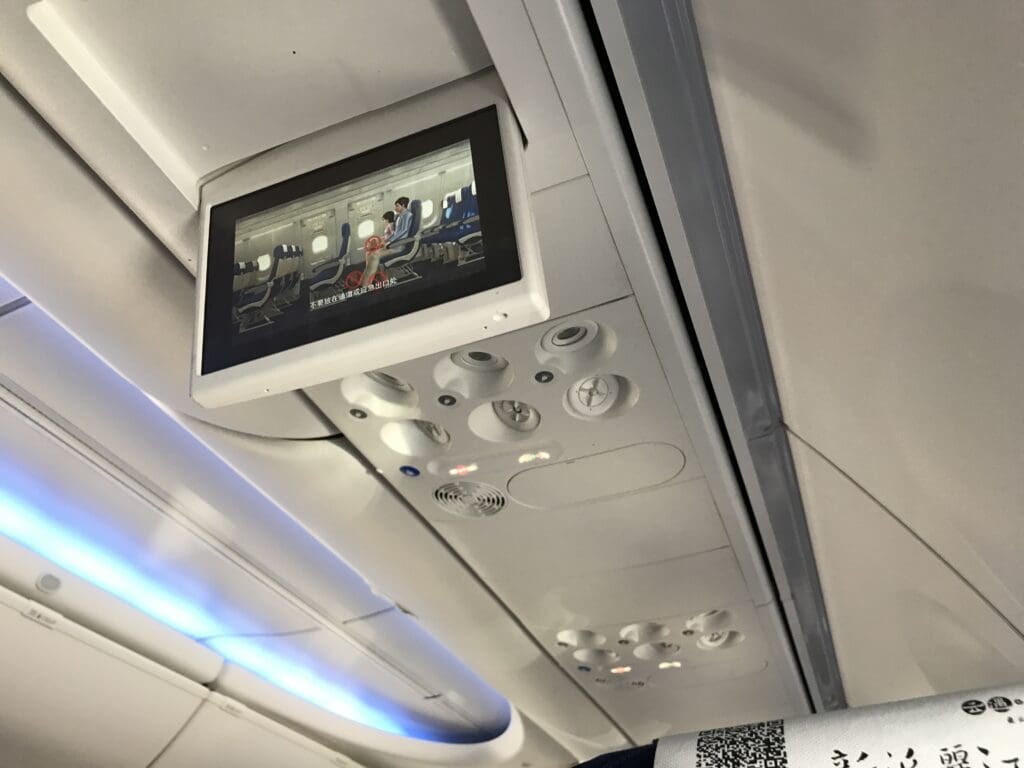
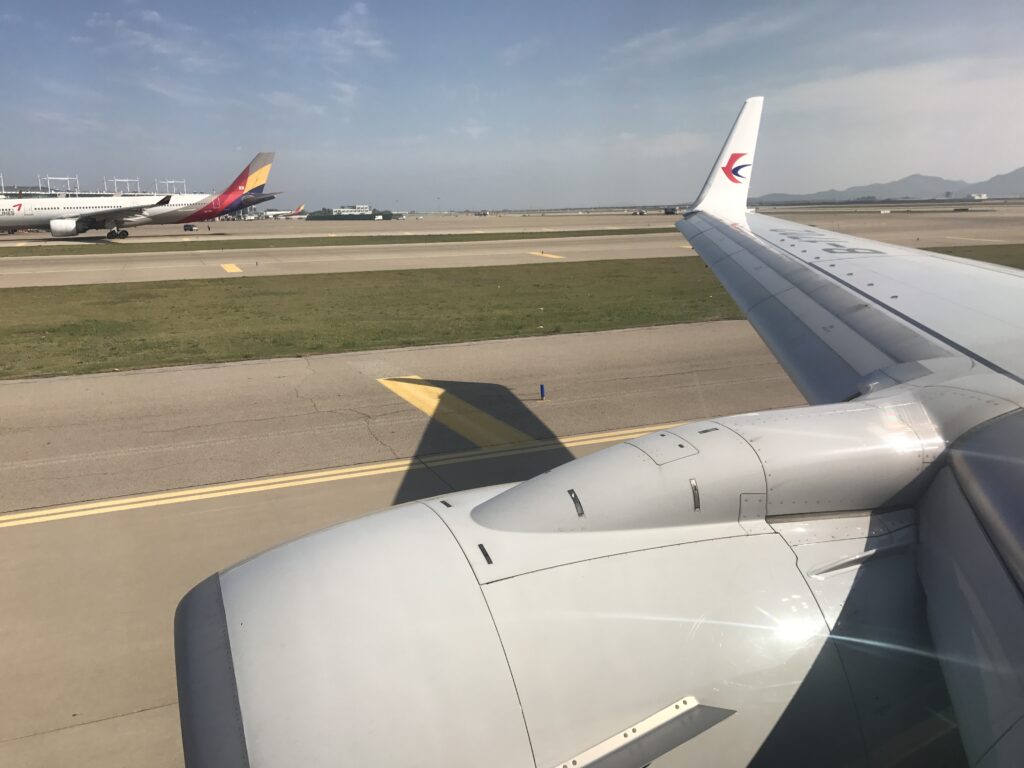
Once near the end of the runway, the aircraft came to a halt in order to allow for an Asiana Airlines Asiana Airbus A330-300, a Jin Air Boeing 737-800 and a Korean Air Boeing 777-200ER to rocket away before it was our turn to take off. Highlighting just how long the safety video is, as the aircraft taxied onto the runway, the English version came to end after which the overhead screens were soon retracted in preparation for our departure.
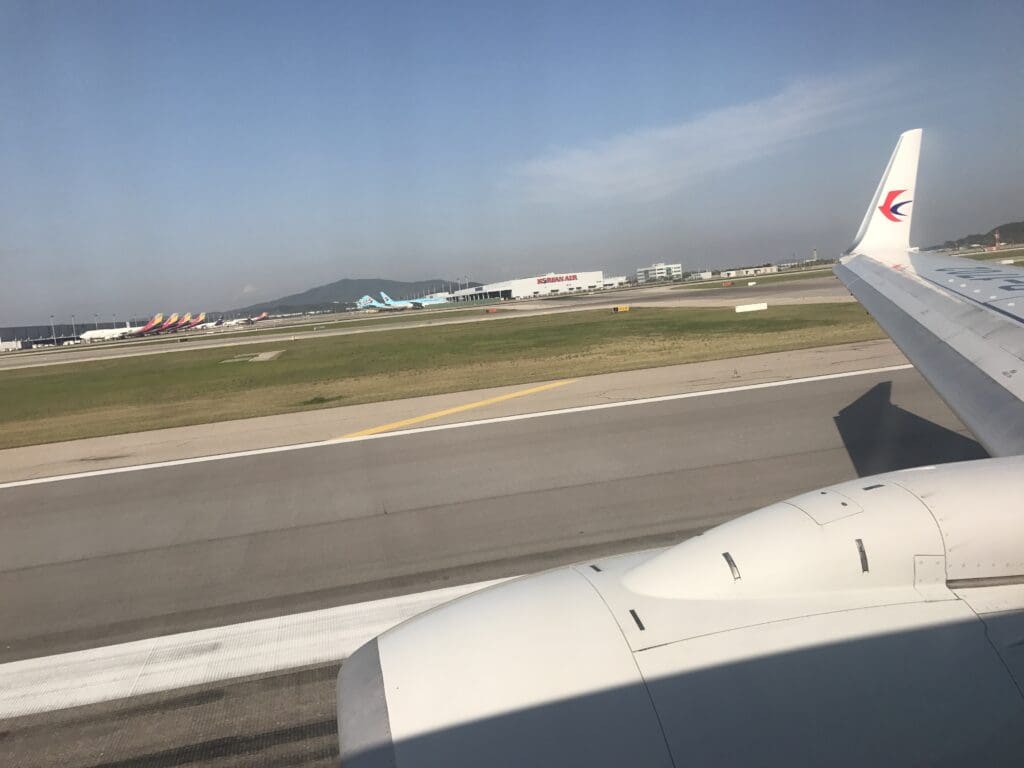
At 1626, the Boeing 737’s two engines hummed into life and the Boeing went flying down the runway, rotating up into the skies in almost no time. In contrast to the powerful takeoff, the climb felt rather shallow allowing for good views as we departed Yeongjeong Island. As is usually the case when departing into the north from Seoul Incheon Airport, once the Boeing had left the airport behind, the aircraft soon banked to avoid getting too close to the Demilitarized Zone and North Korea. With faint views of the latter visible for a couple of minutes after our departure. As the aircraft rolled out on a southerly heading, decent views of the cluster of islands that sit off Incheon’s coastline could be seen in the midst of the blue waters of the Yellow Sea.
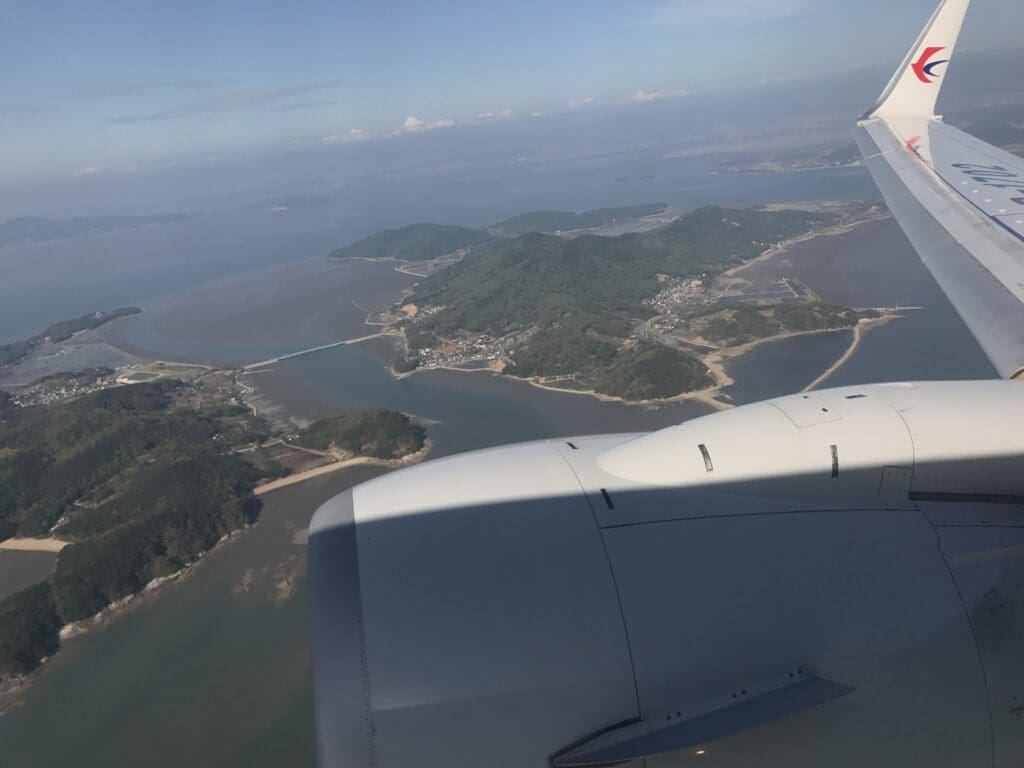
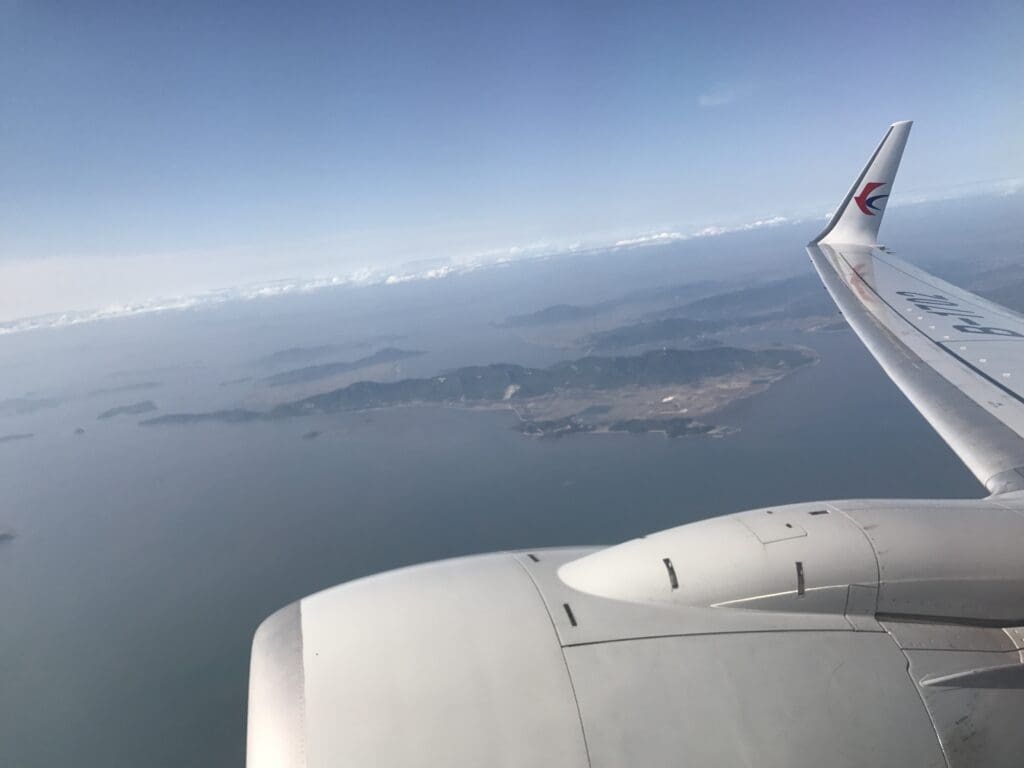
Several minutes after taking off, the aircraft crossed over the shores of mainland Korea near Asan and clouds soon rolled in beneath the aircraft. At this time, the overhead screens were extended, and the Korean language version of China Eastern Airlines’ safety video was played before transitioning to a blank screen for around twenty minutes. By the time the Boeing 737 reached its initial cruising altitude of 34,000 feet, the aircraft was near the southwestern Korean city of Gwangju, at which point the Captain performed a brief announcement in Mandarin and English. During this, they updated passengers on the flight time, alongside both the weather enroute and in Kunming. This was then followed by an announcement from the Purser reiterating the rules regarding electronics and informing passengers of the upcoming meal service, ending this with China Eastern Airlines’ unofficial catchphrase of ‘we will be by your side any time you need us’.
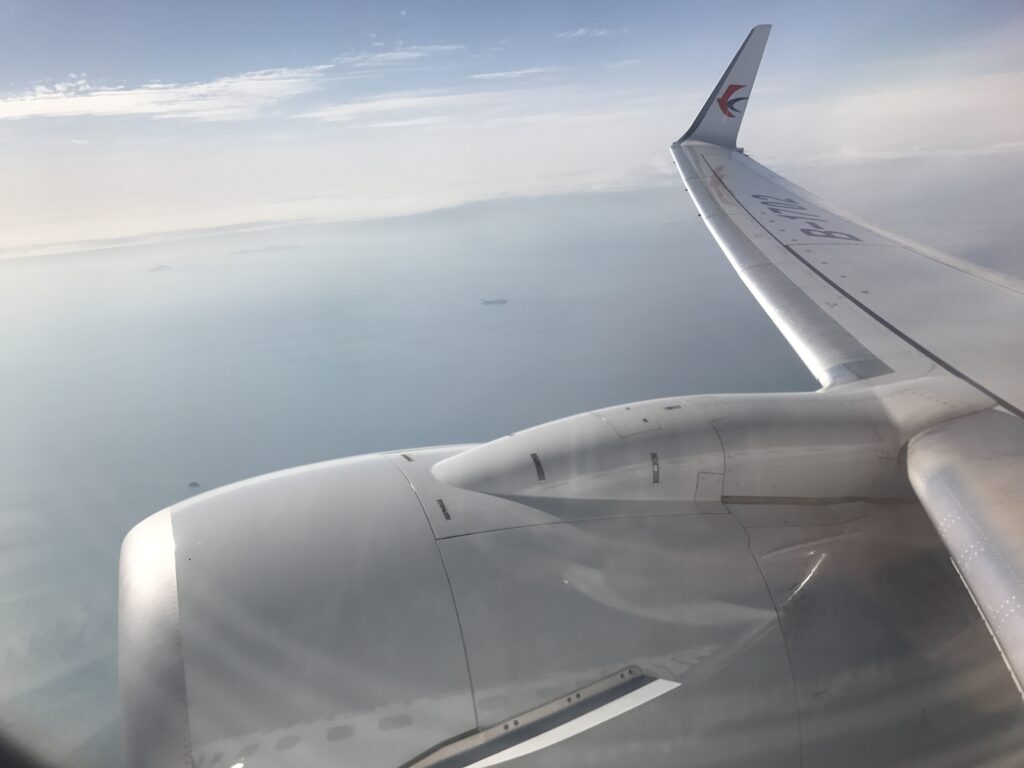
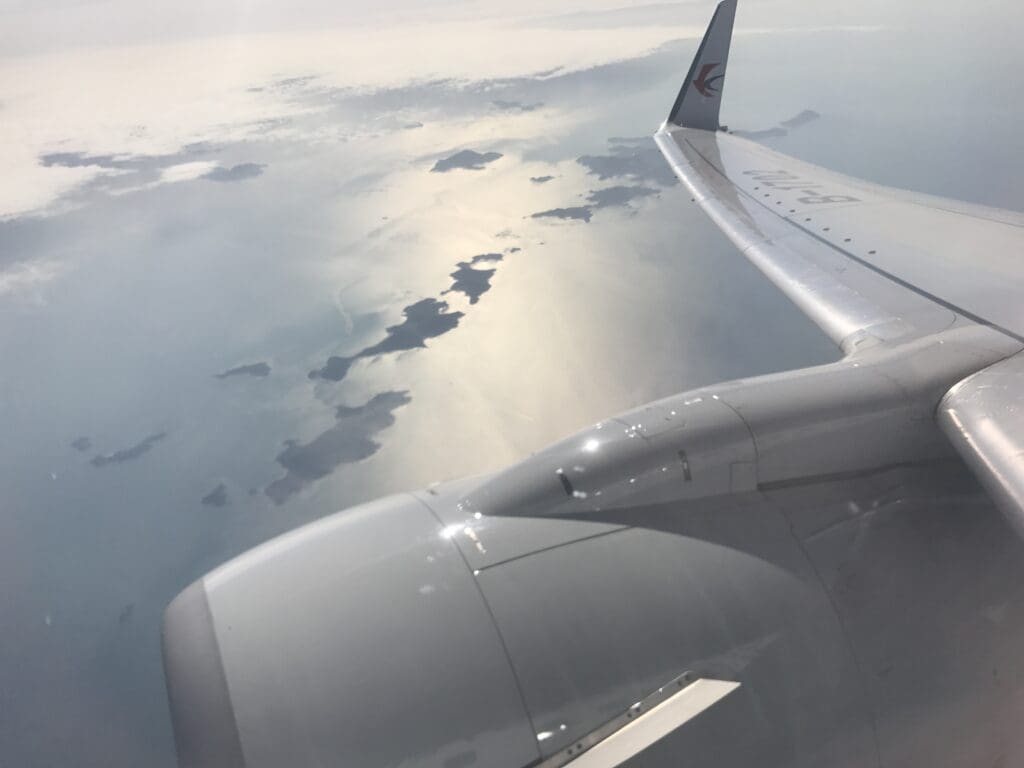
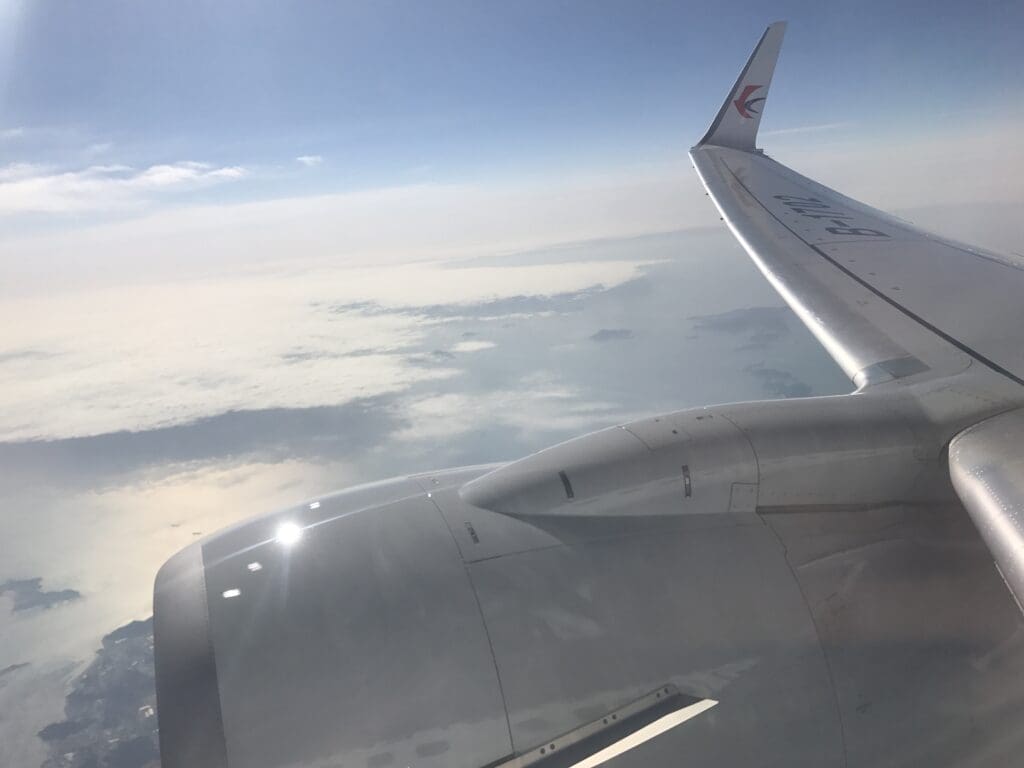
Shortly after this announcement was made the crew came around distributing special meals and fifteen minutes later at 1715 Korean time, the main meal service commenced. As I was seated near the front of the aircraft, I ended up being among the first passengers to receive a meal. That evening, there were no options and all passengers received the same meal. Upon reaching my row, one of the crew members handed me a tray and cooly said ‘pork rice’. This ‘pork rice’ turned out to be Korean style pork bulgogi with rice and vegetables and was accompanied by a spam salad, a bread roll with butter and gochujang (Korean chilli paste), a piece of cake and a 90ml tub of orange juice. This was soon followed by the drinks trolley and I opted for an apple juice which was handed over to me without a word in a plastic cup. Examining the meal, this was not too bad and I could not complain about the quantity of food served. However, if forced to write something negative about this I would say that the main dish was a little bland whilst the butter was completely unspreadable. Twenty minutes after the meal service had commenced, trays were collected from those who had finished eating and another drinks round was undertaken. In the end, this turned out to be the final drinks service of the flight.
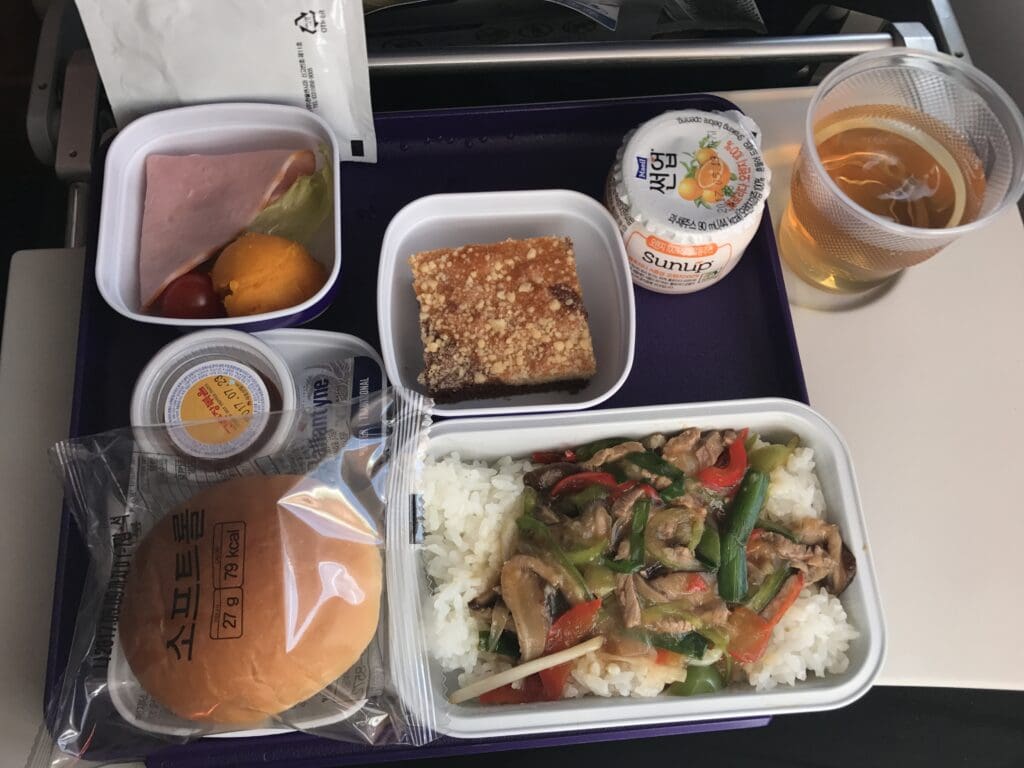
Whilst no headphones were handed out during the flight, as the aircraft cruised southwards, the blank screen was replaced by the first of two films to be broadcast during the flight. Despite failing to decipher what this film was, the second took the form of a Chinese comedy film entitled Cook Up a Storm. This tells the story of a Korean chef who sets up a Michelin star restaurant in an ordinary Chinese street much to the displeasure of a highly regarded local chef and restaurateur. Unsurprisingly given the lack of headphones, no passengers appeared to be engrossed in the film. Turning to the inflight literature, despite China Eastern Airlines’ status as one of China’s largest airlines and with an international route network, disappointingly both the inflight magazine and duty free catalogue were in Chinese only.
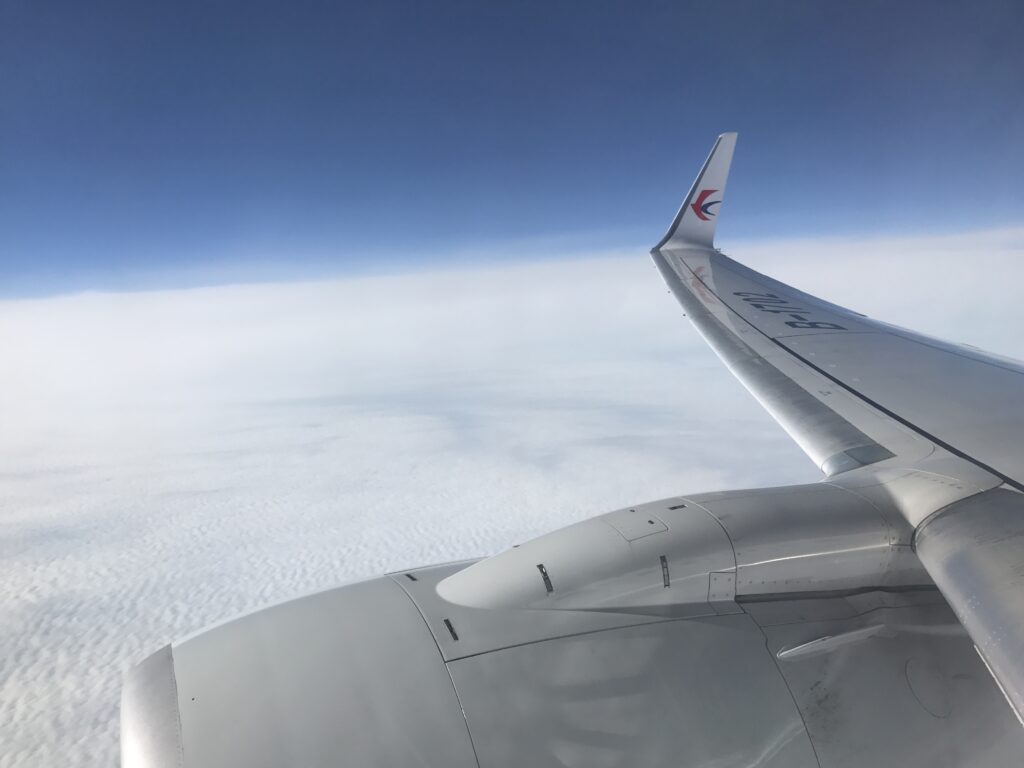
After the aircraft had departed Korean airspace to the southwest of Jeju, the jet turned west towards Shanghai at which point the cabin was lit up by the bright late afternoon sun. Looking ahead, the Business cabin appeared to be in complete darkness indicating that the cabin crew had requested passengers to close their window shades. Fortunately, no such policy was enforced in Economy. After passing Shanghai, the clouds beneath the aircraft parted revealing the city of Changzhou, home to 4.5 million residents, as well as the city’s Benniu Airport where a smattering of aircraft could be seen waiting for their next flights. Around twenty minutes later, one of China’s five largest freshwater lakes, Chaohu Lake appeared as did parts of the city of Hefei which sits to the north of this lake.
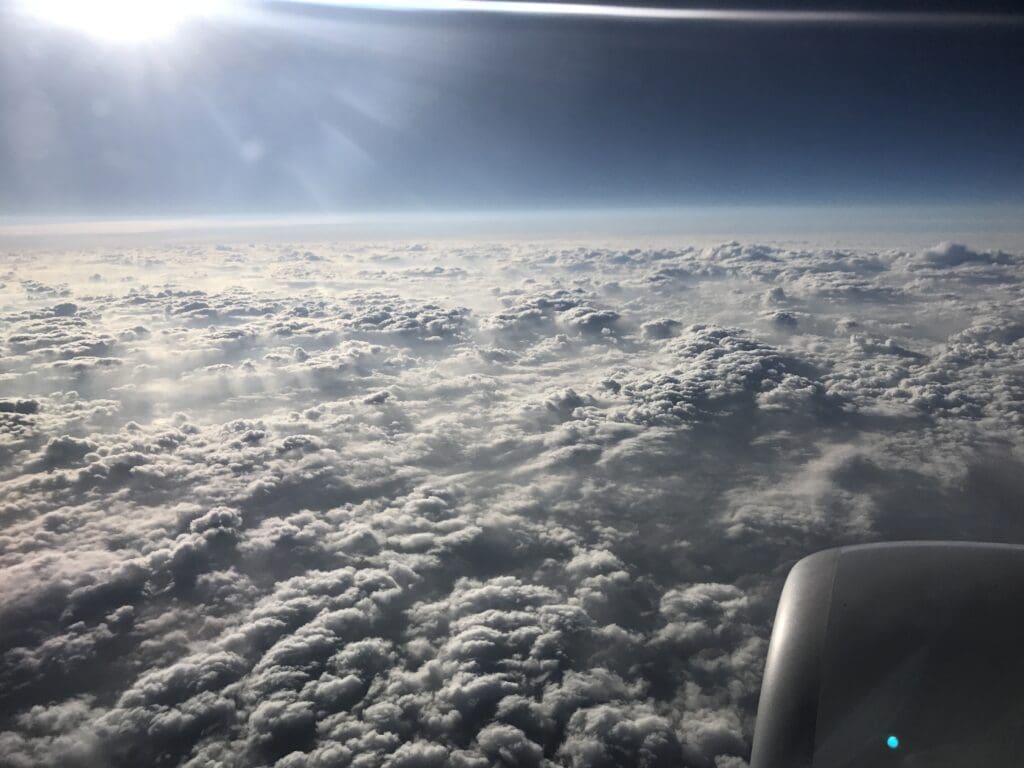
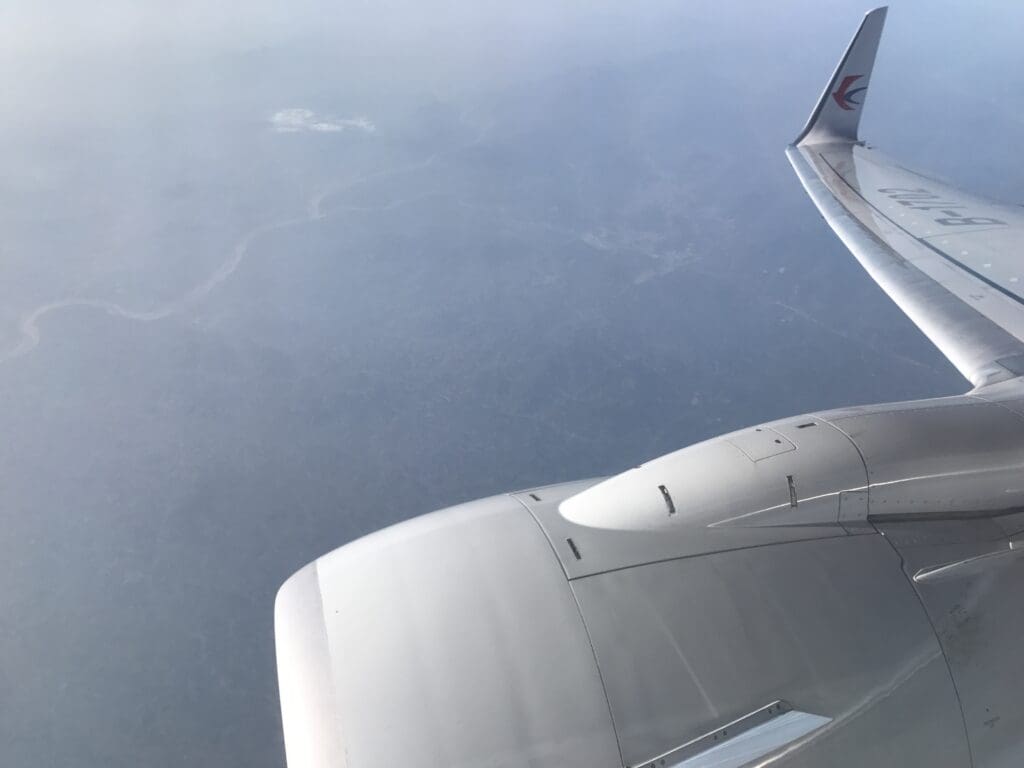


A short while later the clouds came back, stealing any views of China’s diverse landscapes until we neared Kunming. However, as we were chasing the day flying westwards and escaping the dark night, the prolonged dusk outside resulted in some fairly scenic views. Whilst unable to catch any glimpses of them, beneath us, the cities of Nanjing, Wuhan and Guiyang travelled past beneath the clouds and the occasional aircraft could be spotted whizzing past in the opposite direction. With little to see outside, I decided to make the most of the onboard facilities by paying a visit to one of the two lavatories at the rear of the aircraft. As one would expect, this was adequately stocked with all the basics and appeared to be in a fairly clean condition if not somewhat battered and worn.
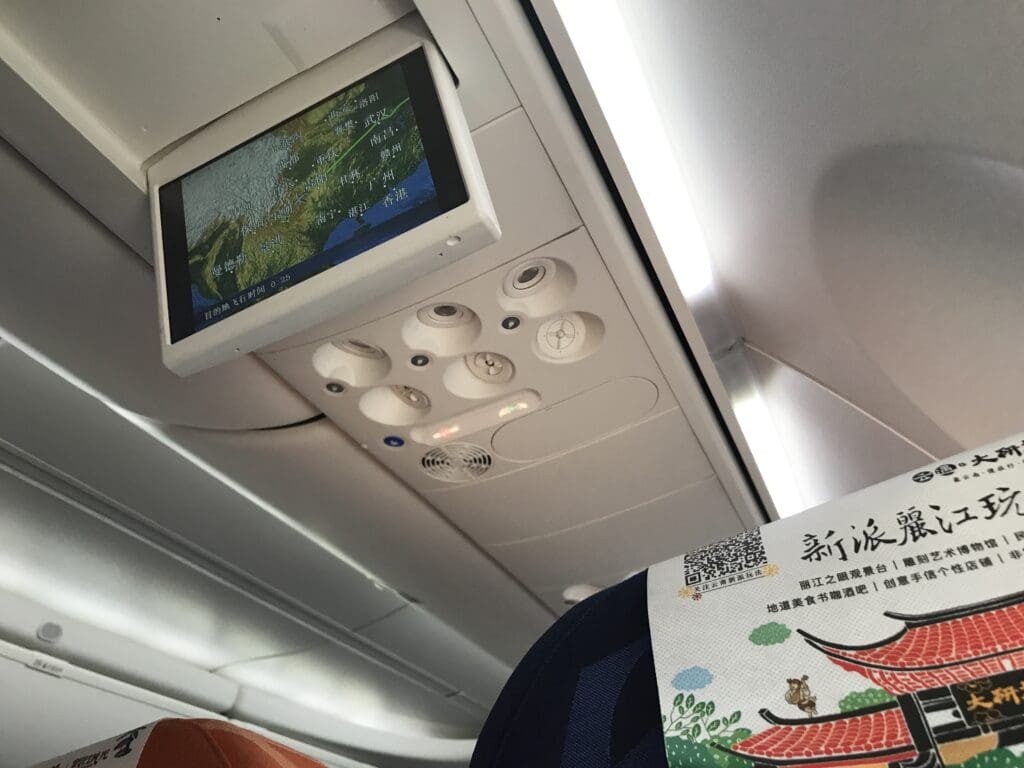
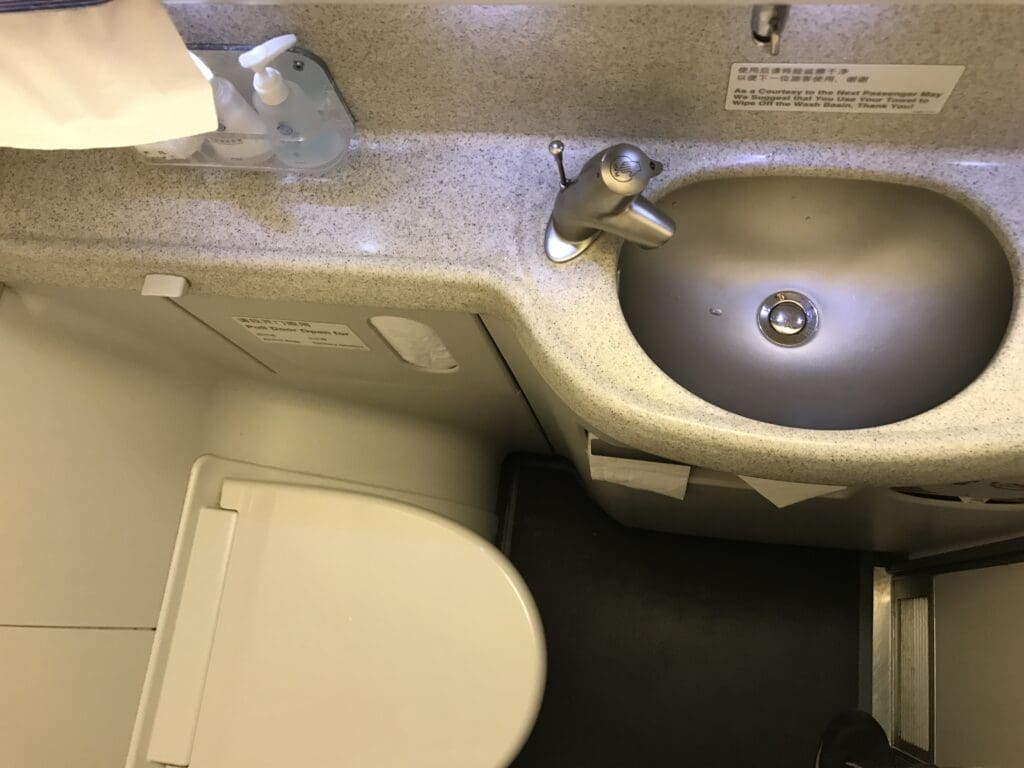

As the aircraft made its way southwestwards, the crew made one of their few passes through the cabin with around two hours of flight time remaining. During this, they handed out immigration forms for those entering China rather than simply connecting in Kunming. Having experienced the mad rush to collect these and fill them out in the immigration queue when they have not been handed out during the flight, this was something that I was rather grateful to receive. Outside, the skies gradually became more orange as the sun began to sink and at 2000 local time, the aircraft too began to gradually sink downwards before levelling off indicating the start of our long step-descent towards Yunnan. Fifteen minutes later an announcement was made by the crew confirming that we were about to commence our descent before an automated announcement informed us of the exact same thing in both Mandarin and English. As the aircraft sank, the main cabin lights were turned back on in order for the crew to collect rubbish and ensure that all was secure for landing. Once the crew returned to their jumpseats, the cabin lighting was switched to faint blue mood lights.
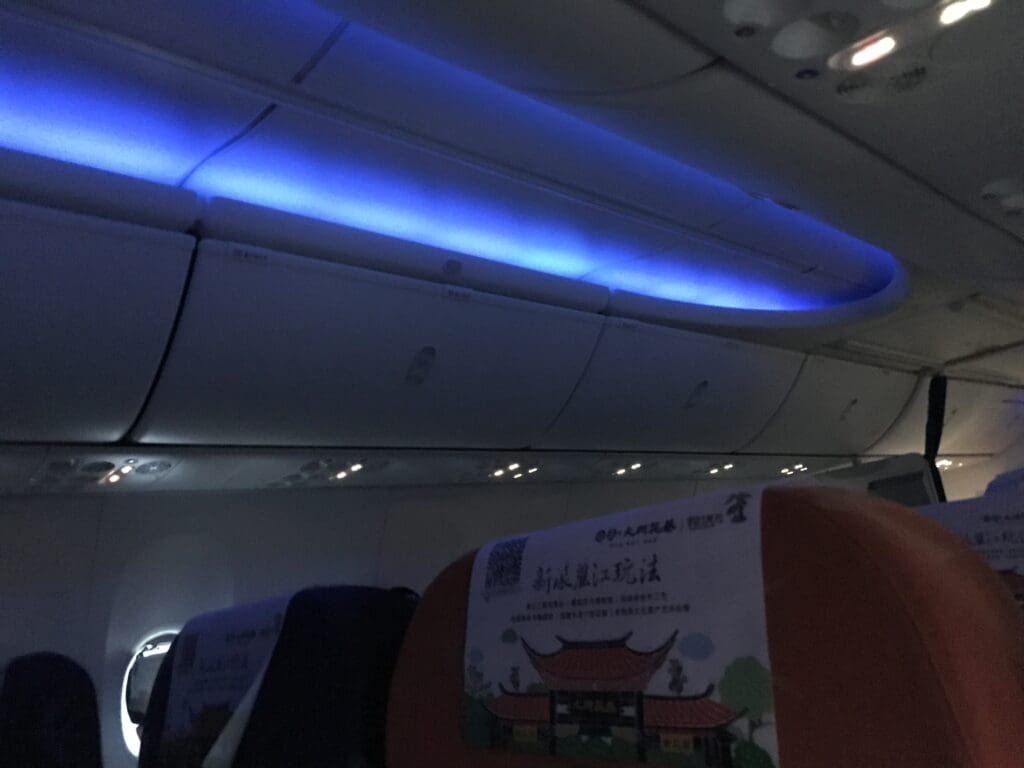
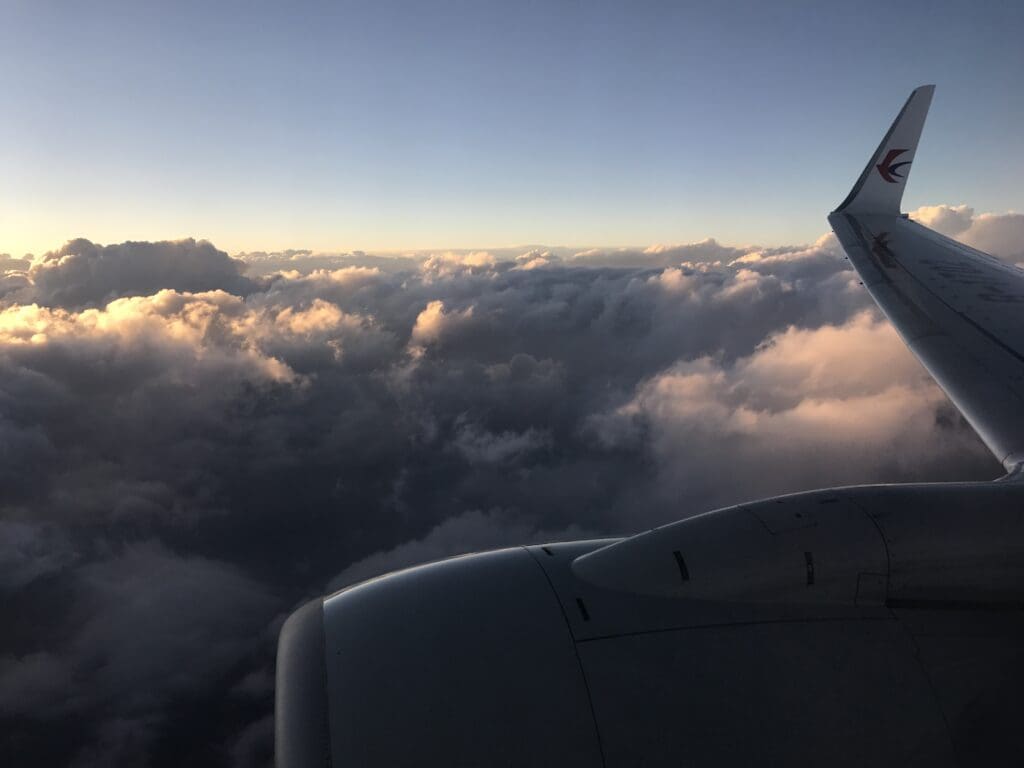
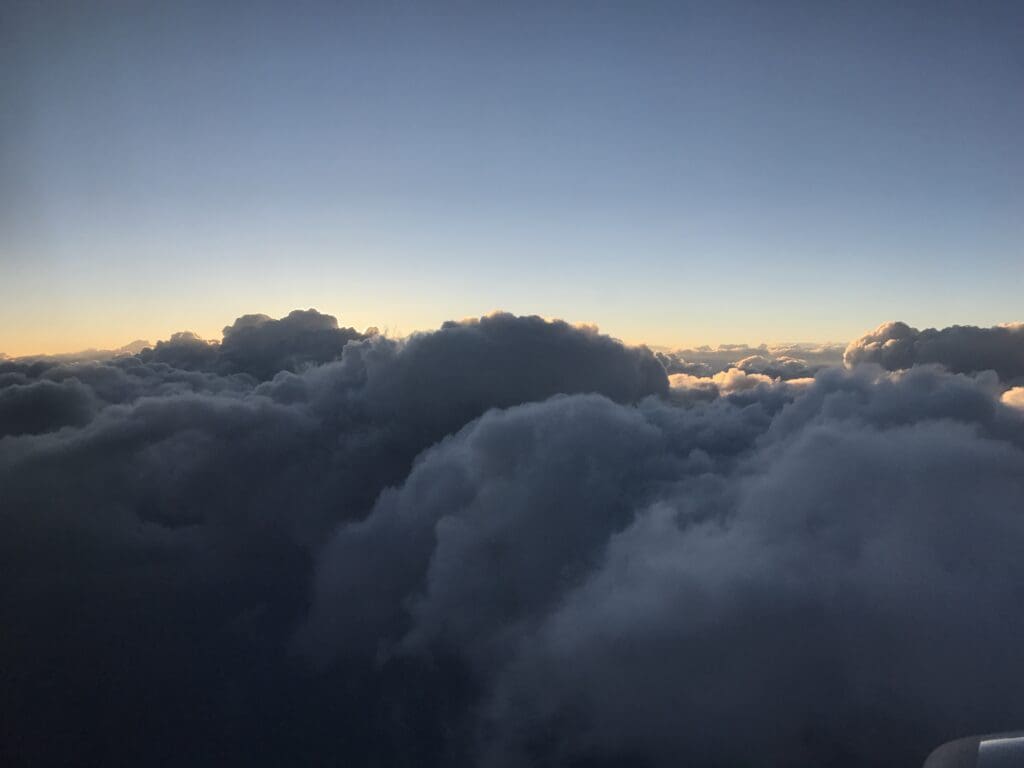
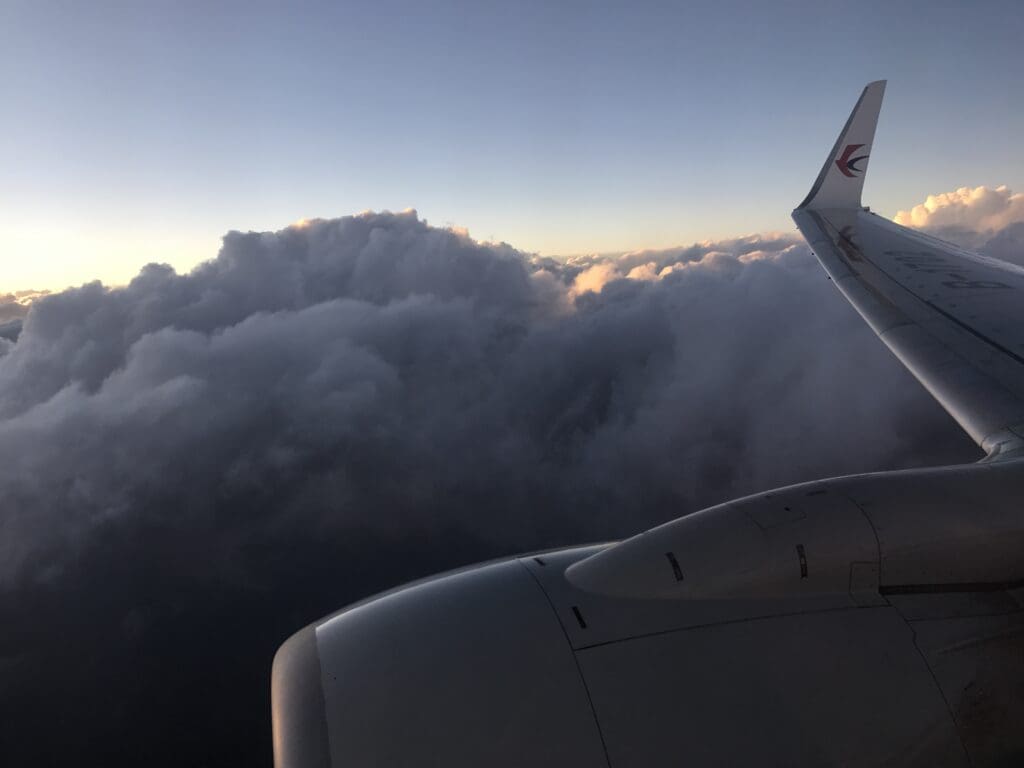
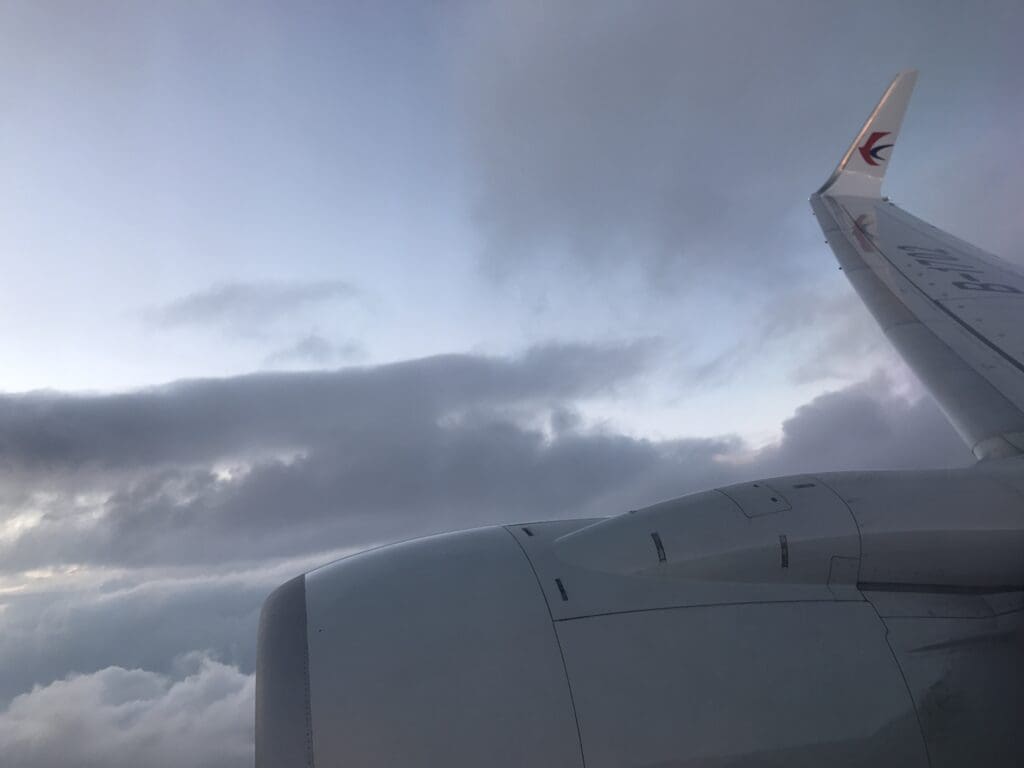
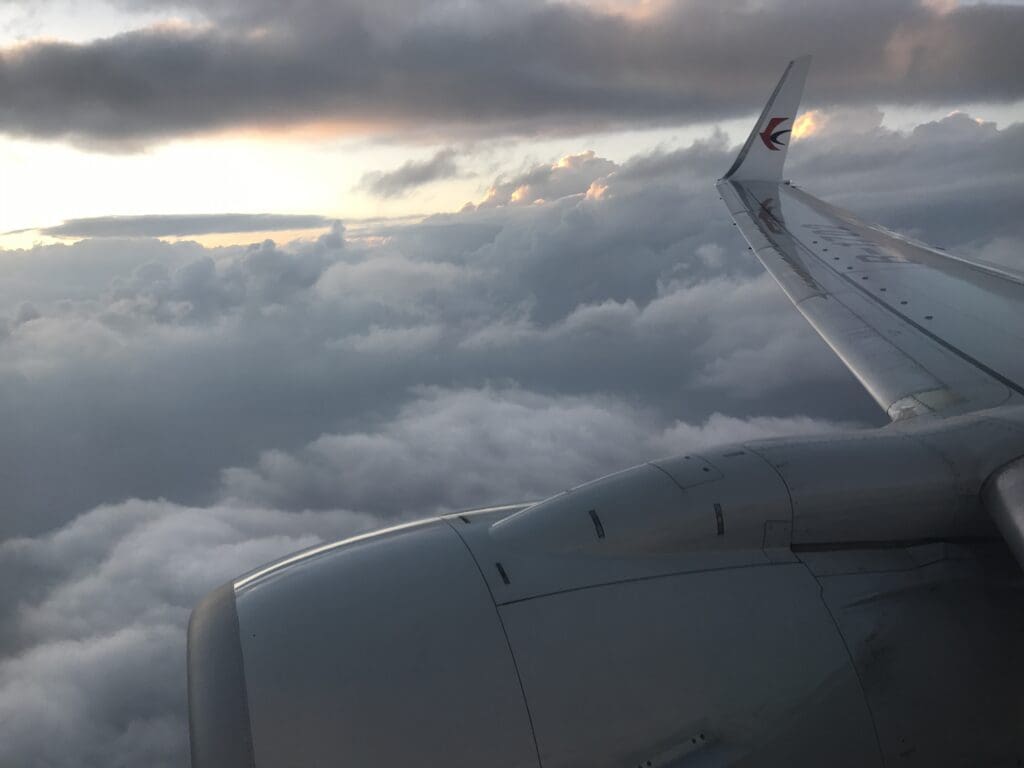

As the aircraft neared the clouds, a pre-recorded health announcement was played in Mandarin and English, however, I was more focused on the fantastic view outside as we darted in and out of clouds resulting in the cabin flashing between light and dark. After a short period of cloud surfing, the Boeing sank beneath the clouds allowing for reasonable views of mountains and deep valleys with clusters of farms and villages. In the distance, the bright red sun could be seen sinking out of view and darkness soon fell. As we neared Kunming, the farms below grew into large industrial farm complexes as the flaps and gear were extended indicating our impending arrival.
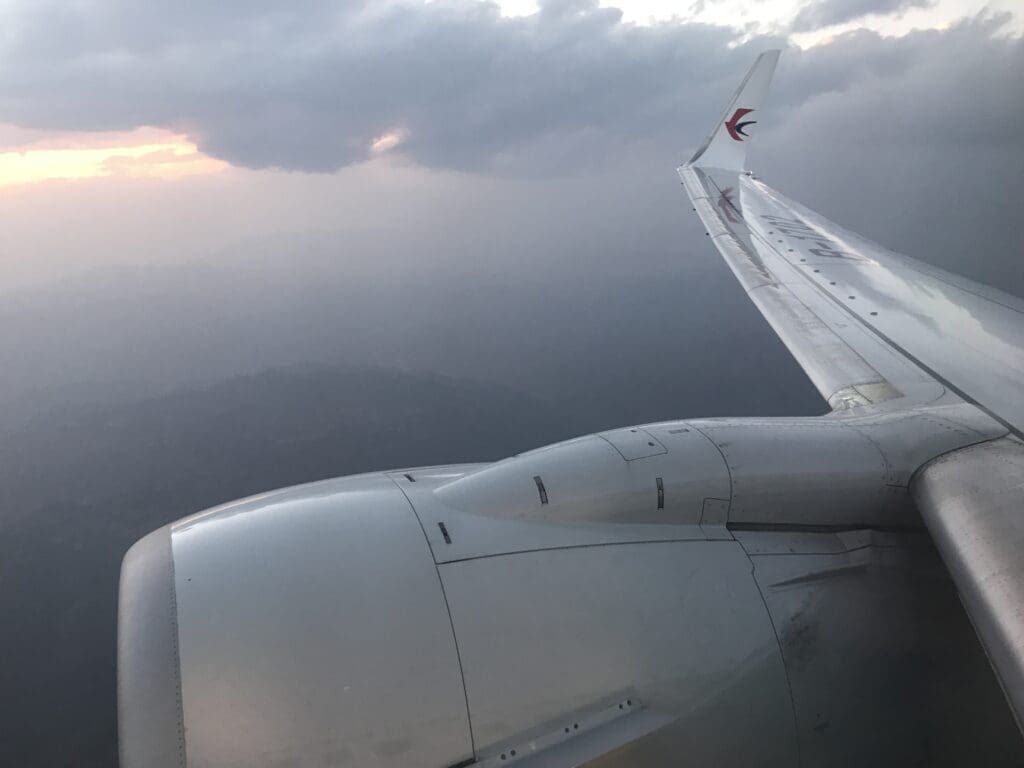
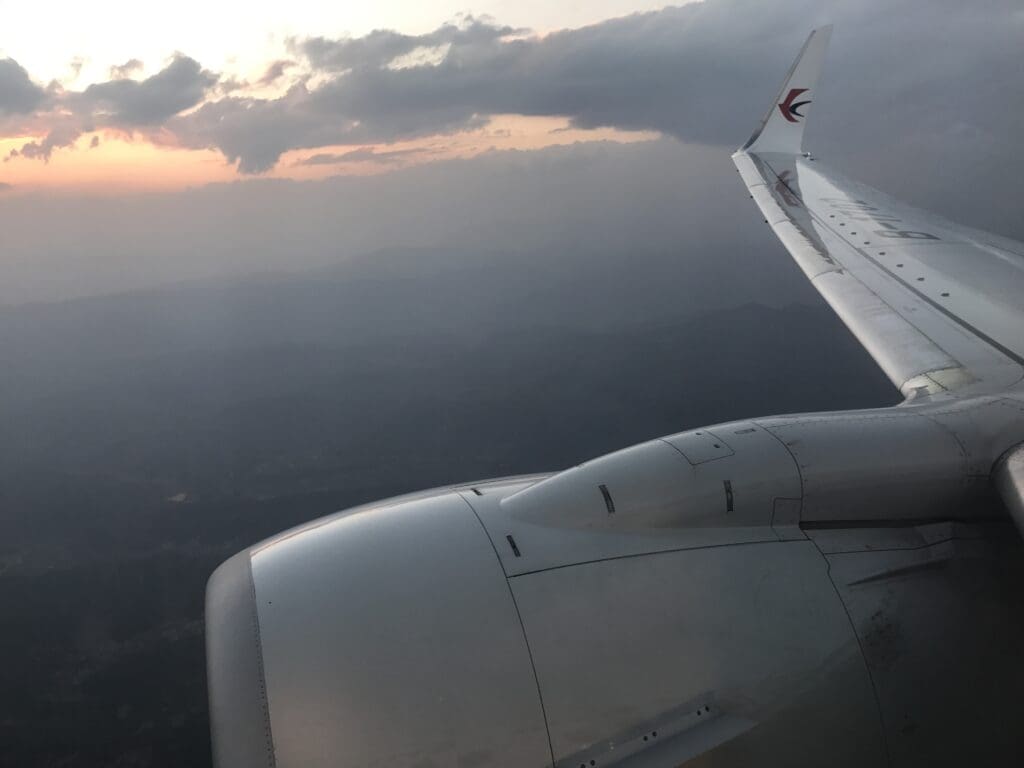
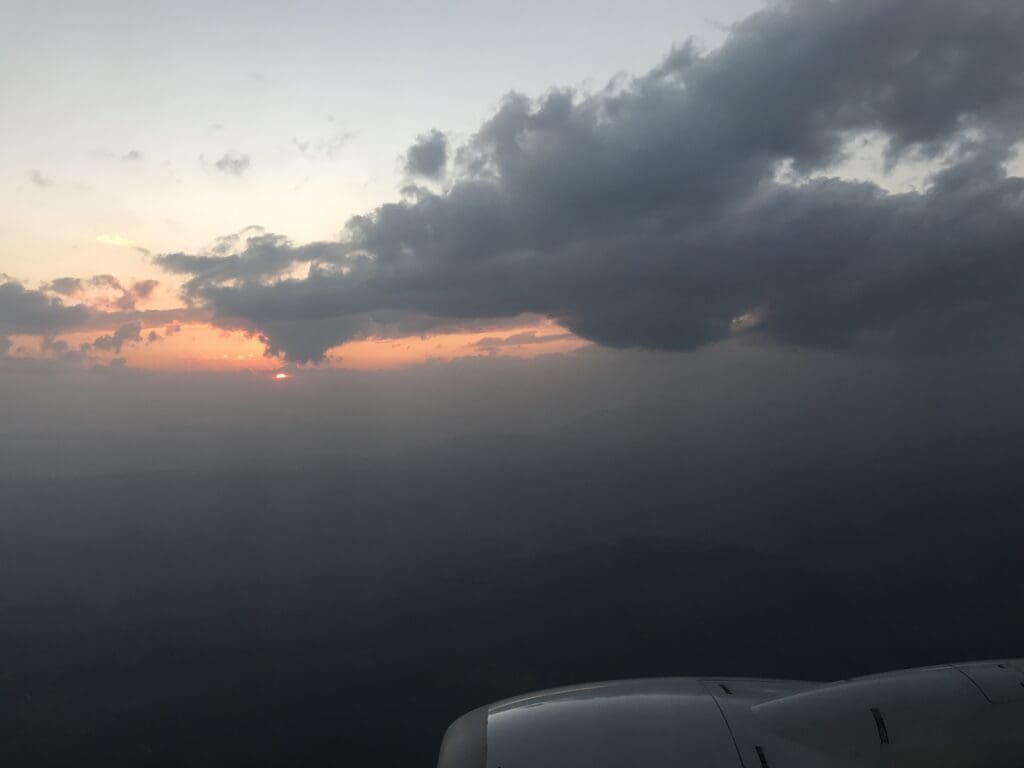
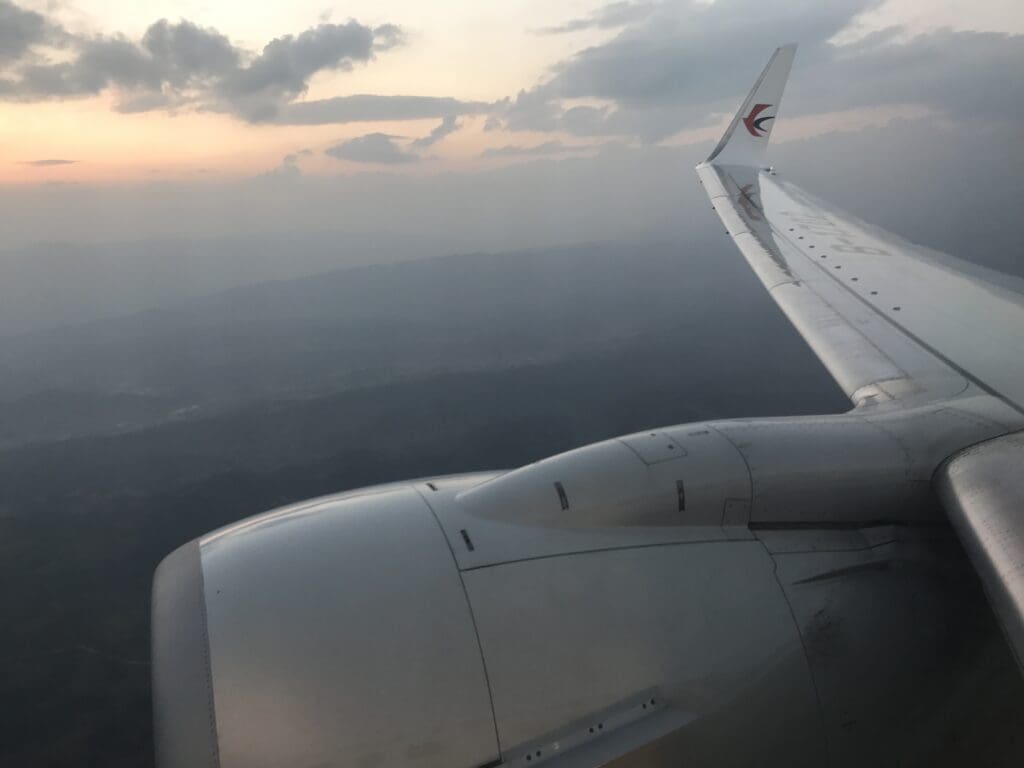
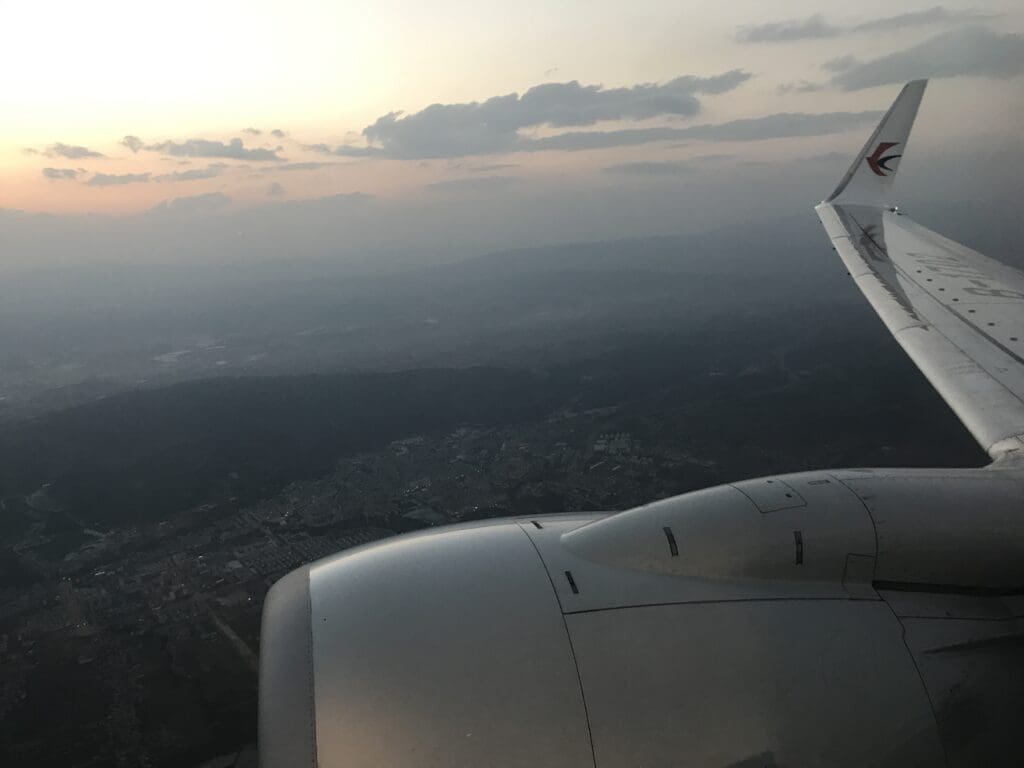
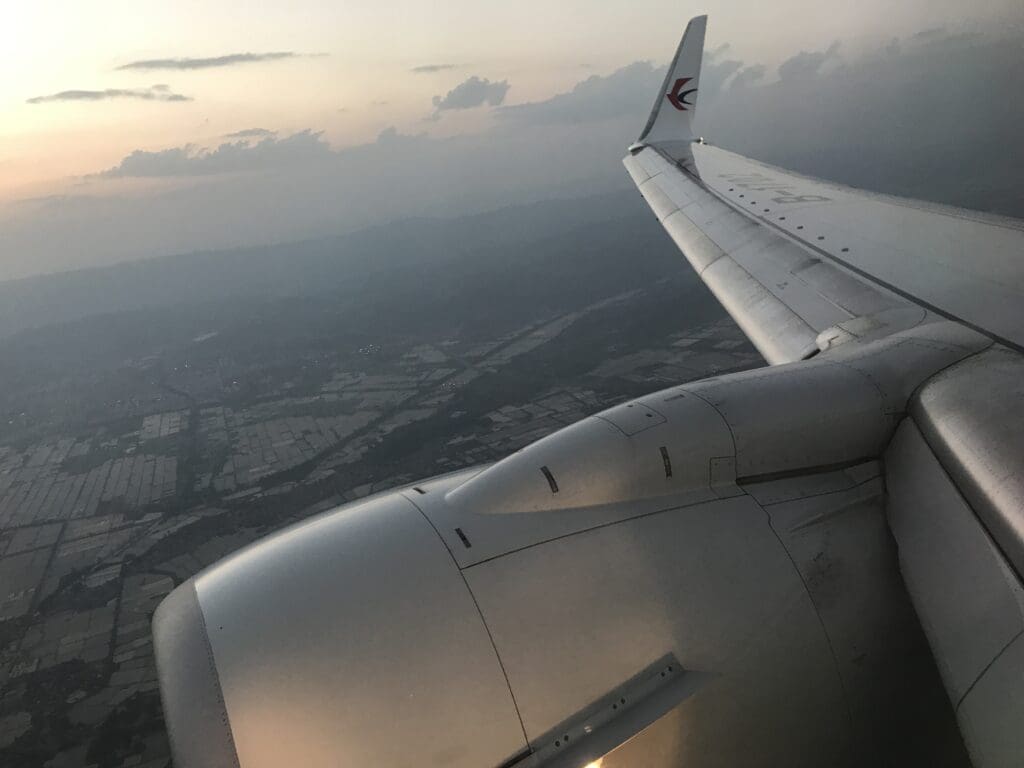
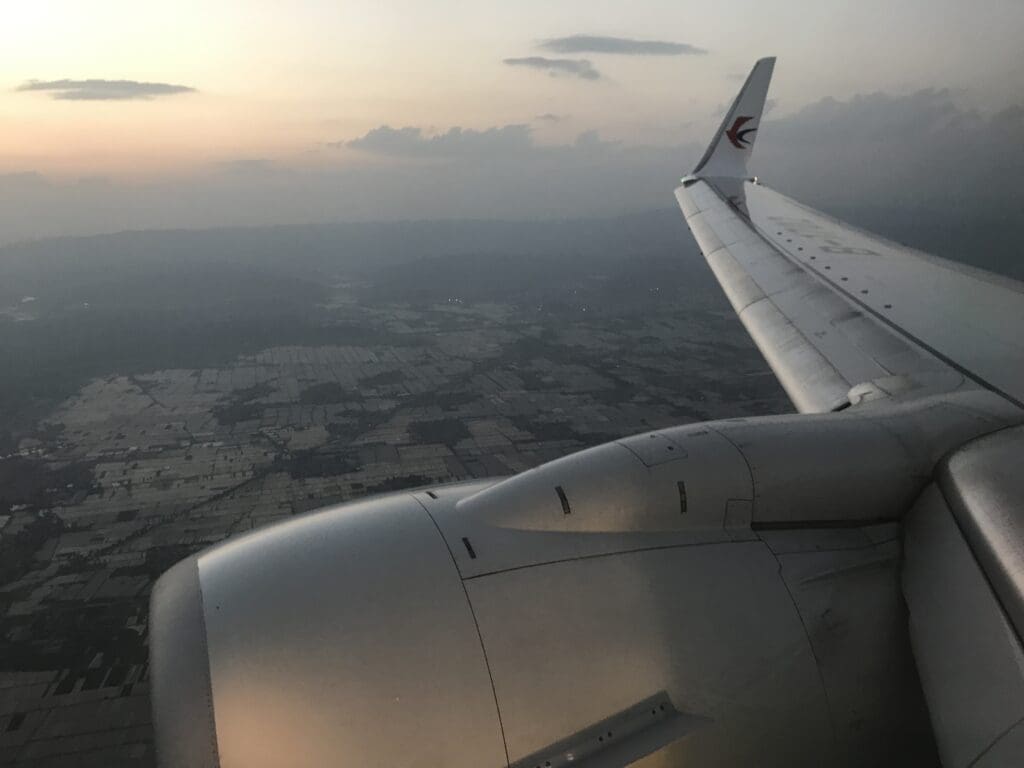
After just under four and a half hours in the air, the Boeing 737 floated over the threshold of Runway 22 and passed a pair of Embraer Phenoms operated by Colorful Yunnan and a Harbin Y-12 before making a soft touchdown. This was immediately followed by the roar of the reverse thrust and some heavy braking which ensured that we were off the runway in no time and heading towards a row of nine China Eastern Yunnan Airlines Boeing 737s bathing in the harsh orange glow of the apron’s floodlights. Following a short taxi, the aircraft pulled into Stand 507 beside a slightly older China Eastern Yunnan Airlines Boeing 737-800 that had arrived from Bangkok earlier that evening. Once the engines spooled down, the cabin lights came on at full blast and the usual mad dash to exit the aircraft ensued.
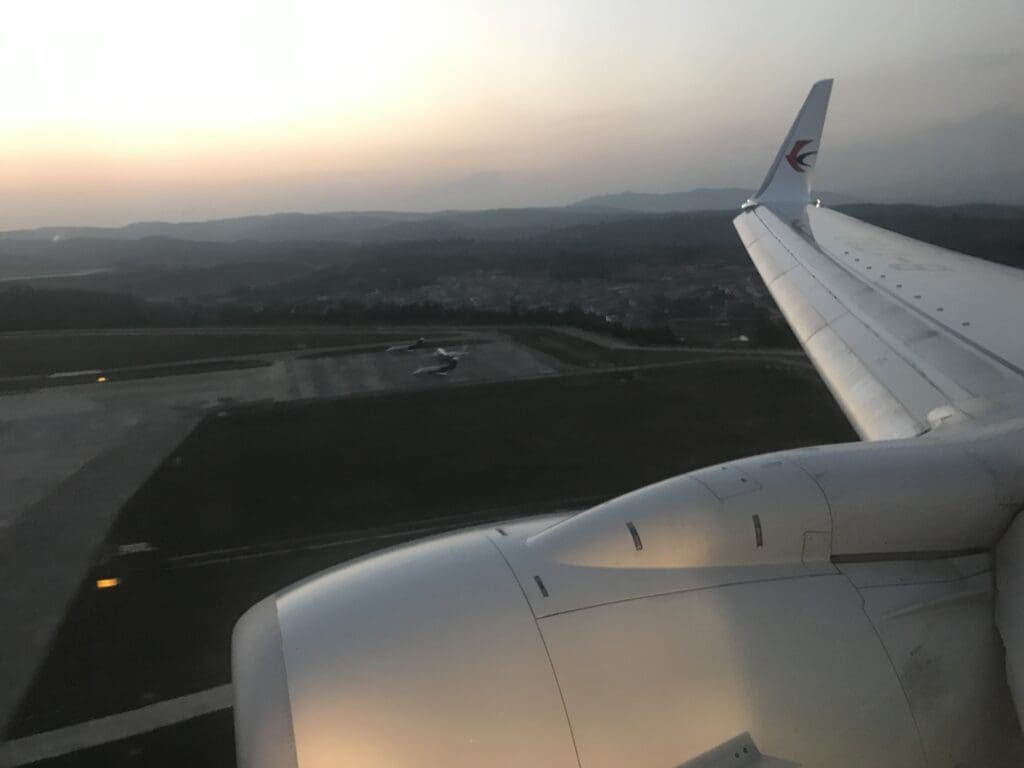
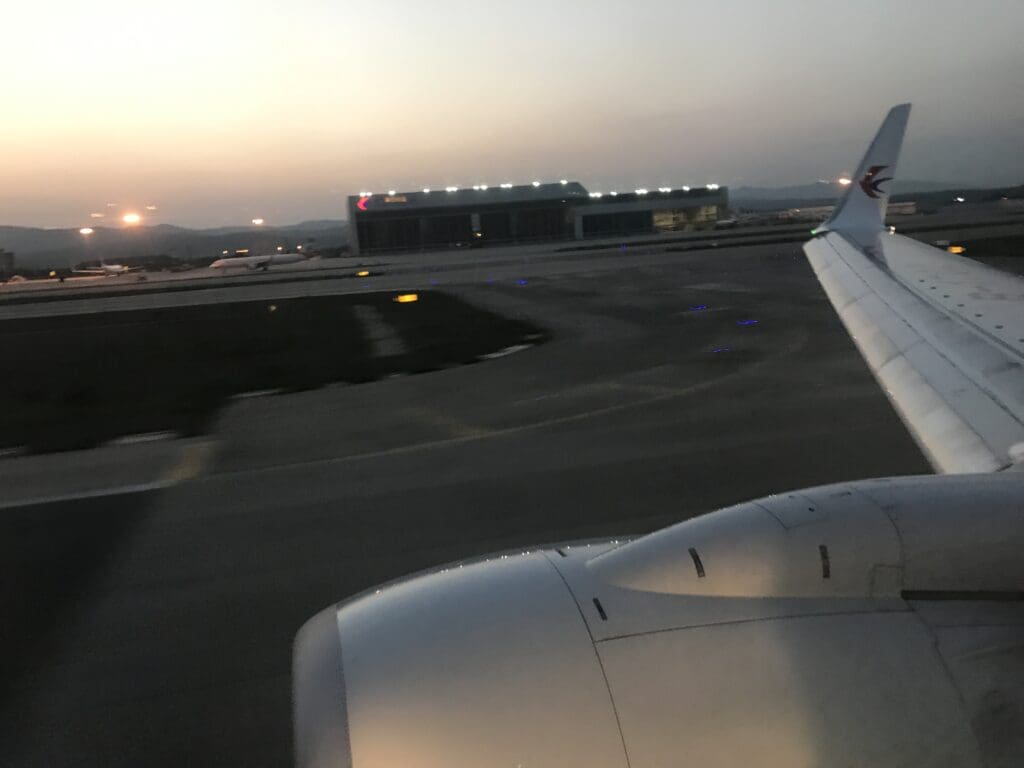

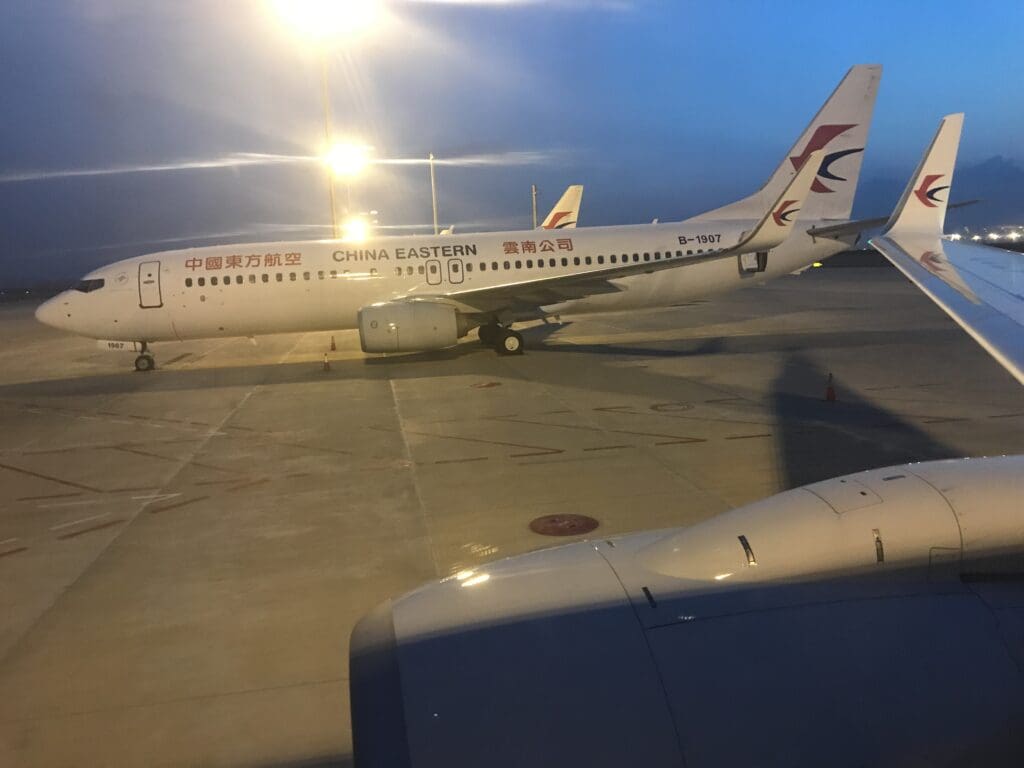
Seeing as both airstairs and a small fleet of buses were already waiting for the aircraft, the main cabin door was soon opened and passengers began to disembark. After a couple of minutes, I stood up and made my way to the front of the cabin where I thanked two flight attendants before heading out into the fairly chilly evening air. As I made my way onto the bus, I noticed plenty of people were taking selfies with the aircraft, something that the ground staff seemed to have no issue with. Having been sitting near the front of the aircraft, I ended up being one of the first to board the Economy bus and so some waiting was required as the ground staff attempted to squeeze all passengers onboard. Once packed in like sardines, the bus cautiously headed down the line of Boeing 737s and into a tunnel that emerged at the main terminal, here even more China Eastern Yunnan Airlines Boeing 737s could be seen as well as a much larger Airbus A330 before the bus stopped outside the doors to the airport’s immigration area. There, only two desks were open for foreigners, however seeing as the flight from Incheon was the only international arrival at that time, and with many passengers remaining airside, no more than a couple of minutes of waiting was required at the desks before I officially entered China. With no bags to collect, I sped through the baggage collection hall before arriving in Kunming Airport’s spacious and modern landside arrivals area.
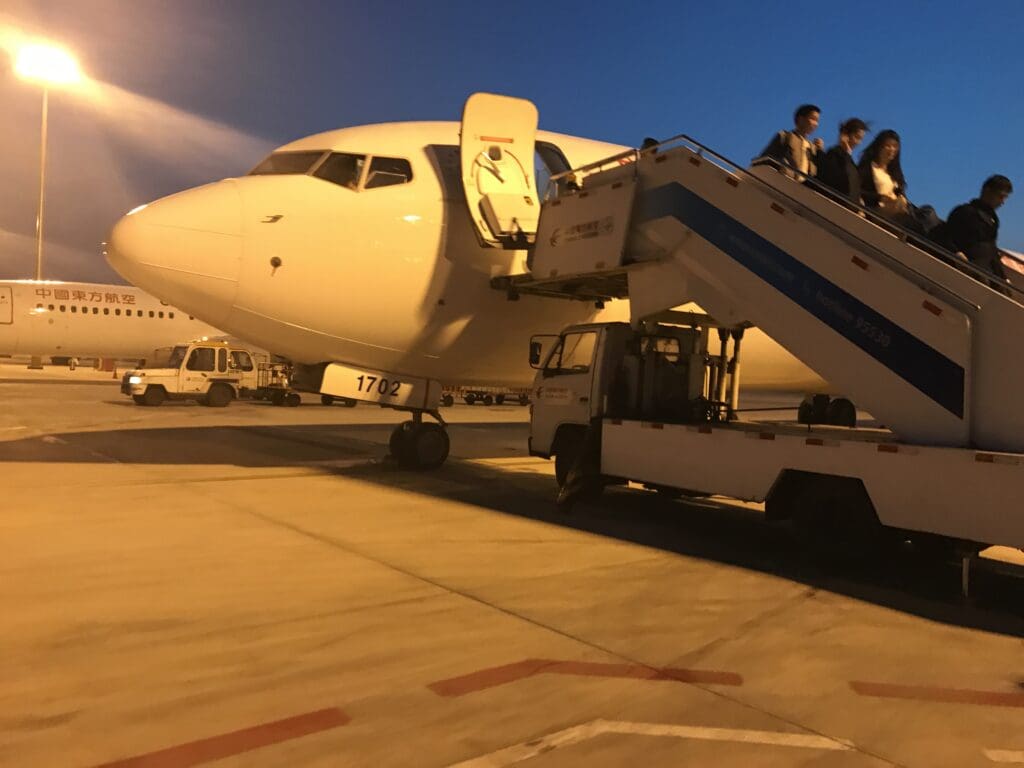
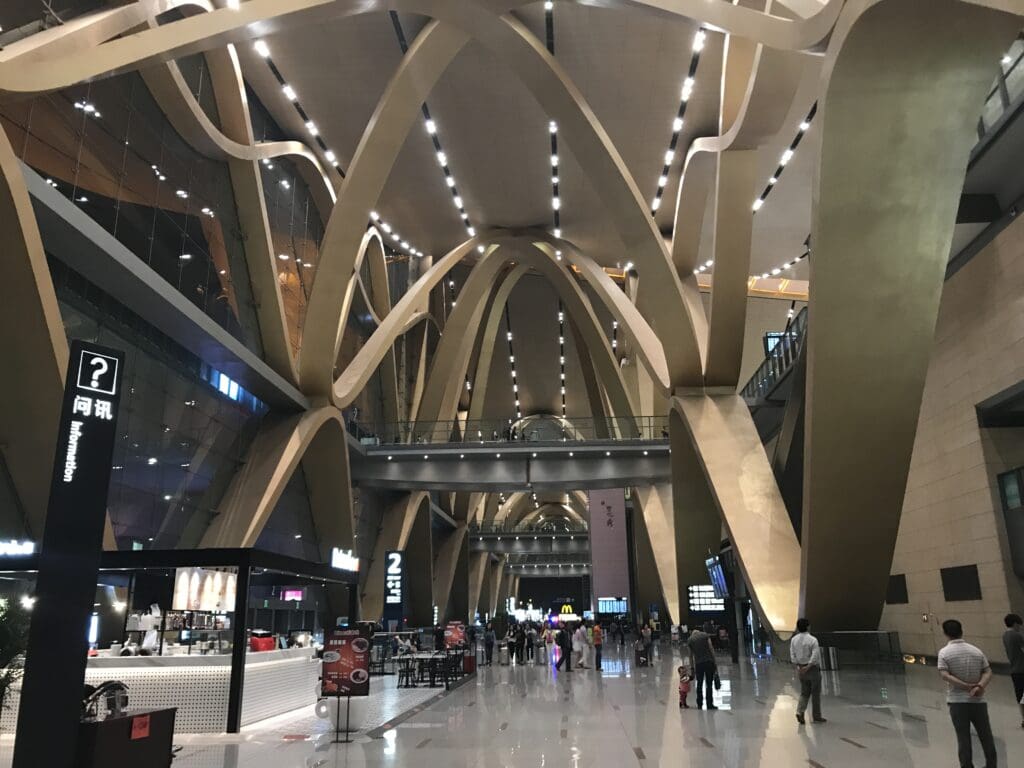
Summary
To the average passenger, my flight from Incheon to Kunming would have likely proven to be neither an overly positive nor negative experience. The aircraft, whilst a little battered and dirty, proved to be sufficiently comfortable for the flight, although those expecting inflight entertainment or the opportunity to charge their devices would have been disappointed. Meanwhile, I cannot really say anything particularly positive about my interactions with the crew, with all four flight attendants failing to leave a lasting positive impression. However, considering the price I paid for the return trip from Seoul to Kunming I can’t make any major complaints. Importantly I arrived on time and in one piece, I was fed and watered, and I could have taken up to 23kg of baggage despite travelling on the cheapest ticket.

